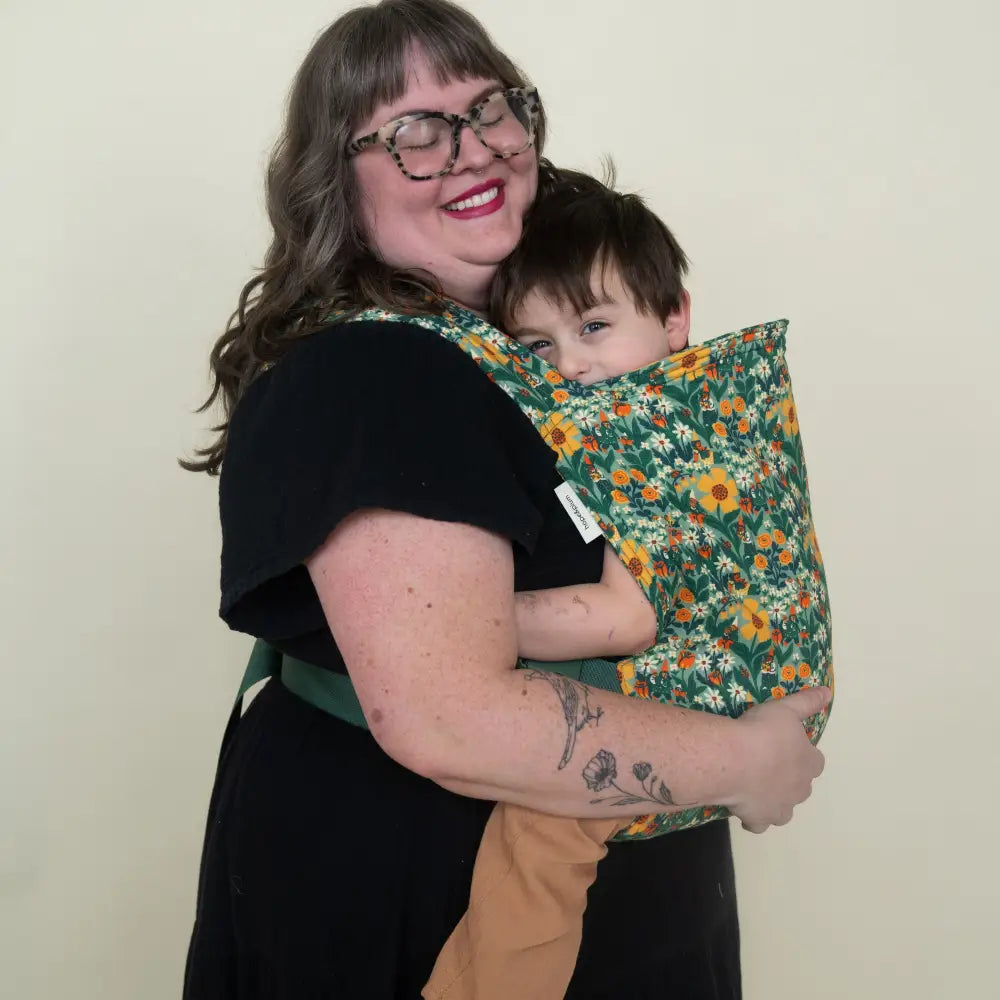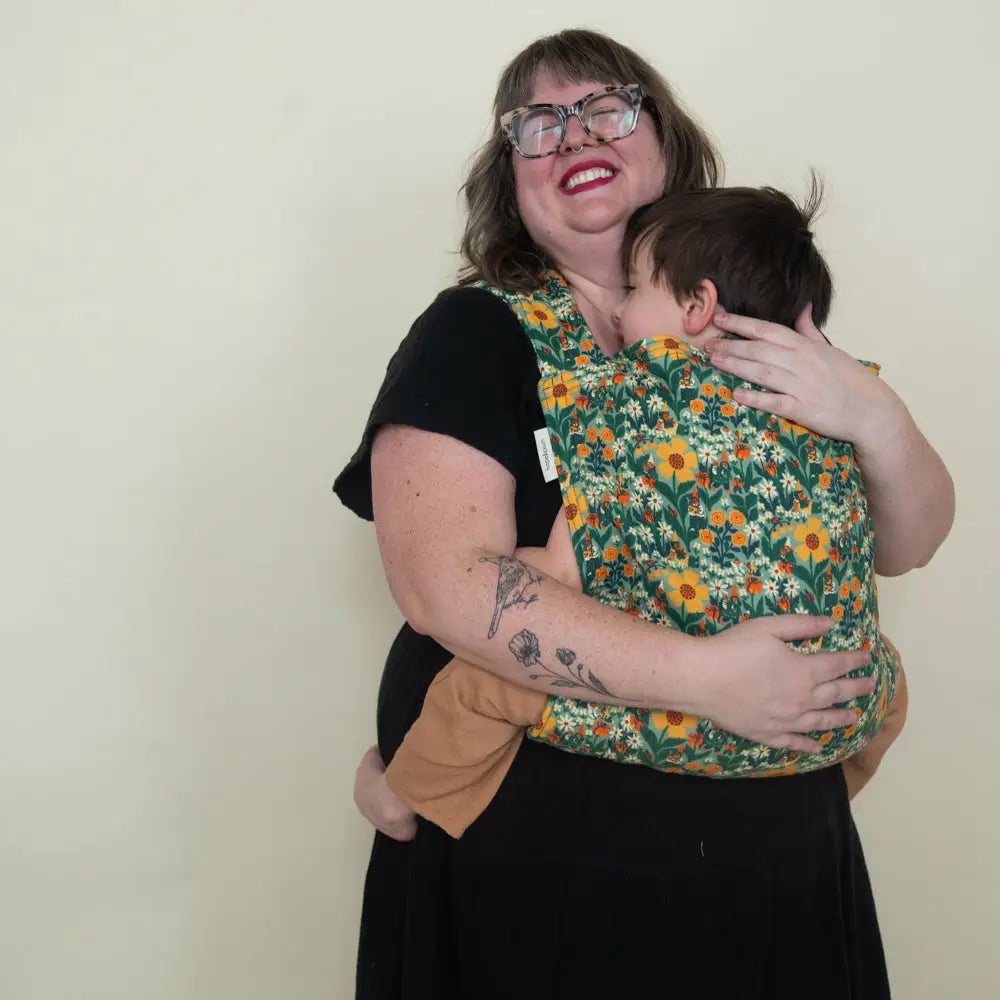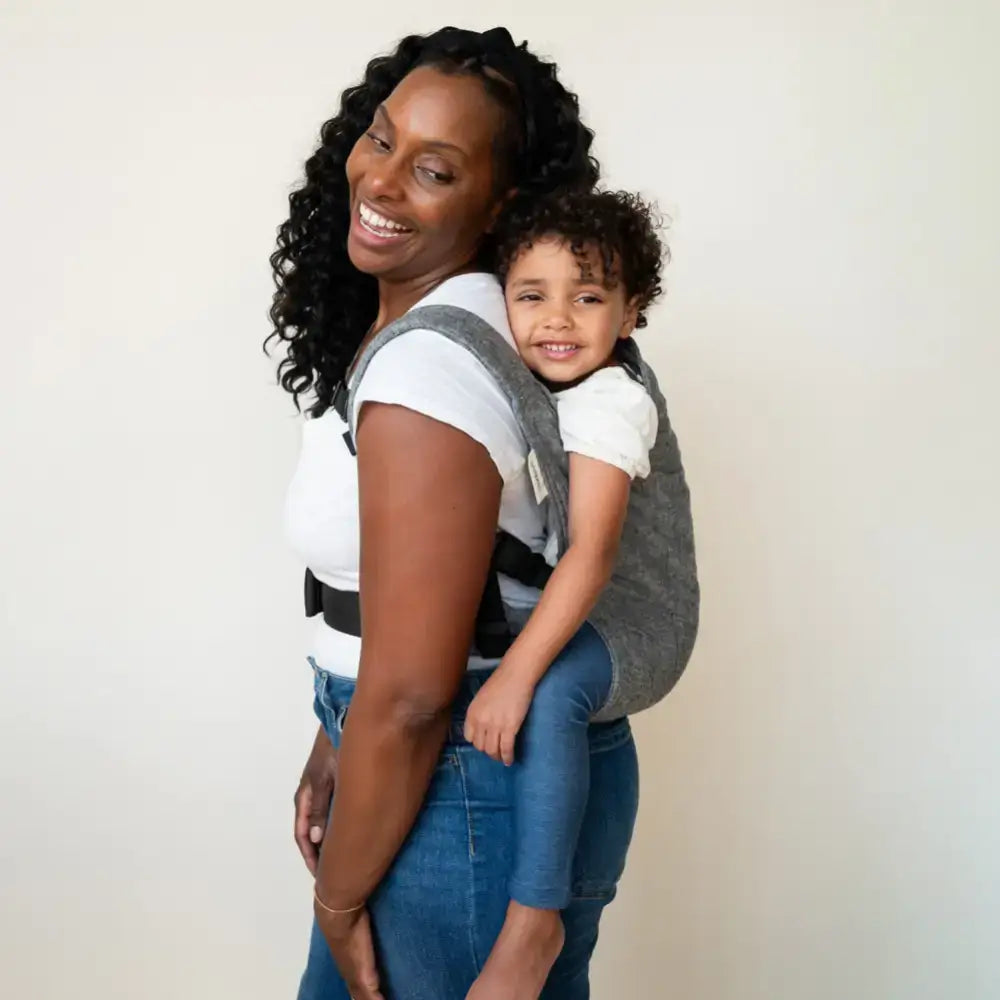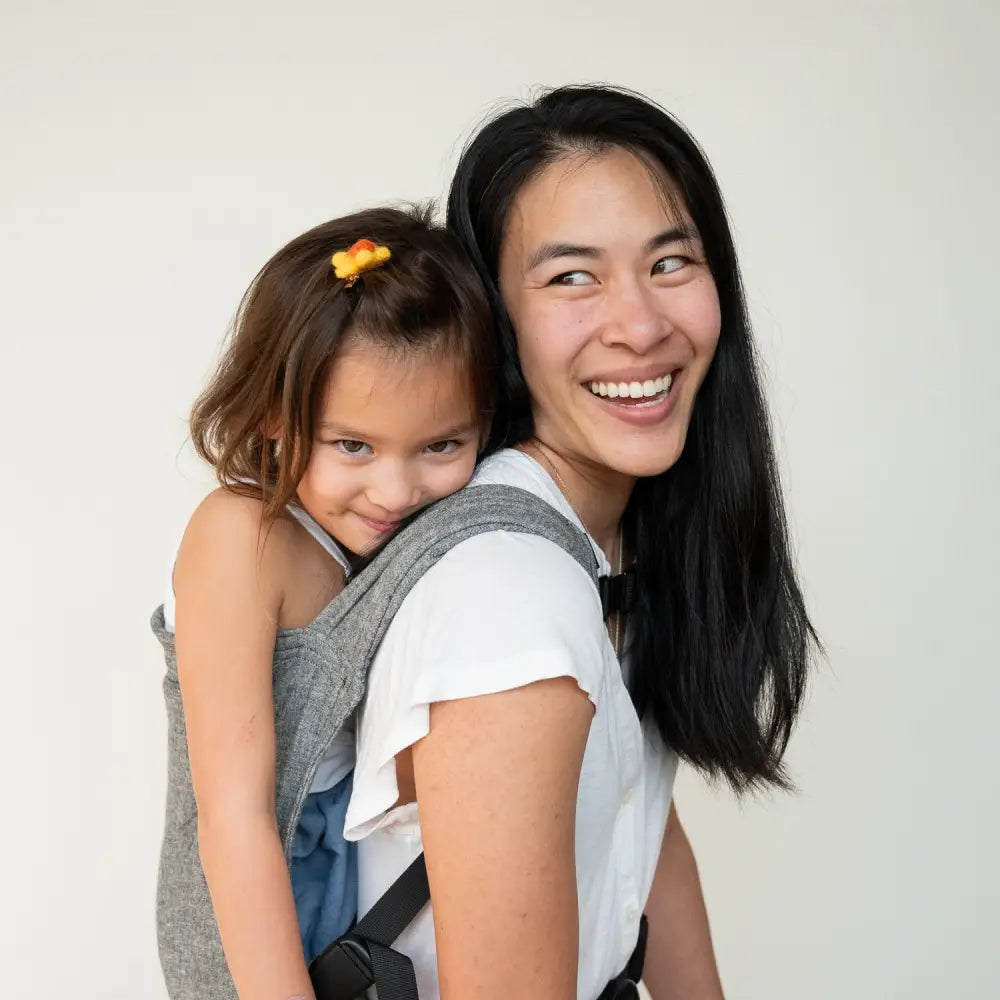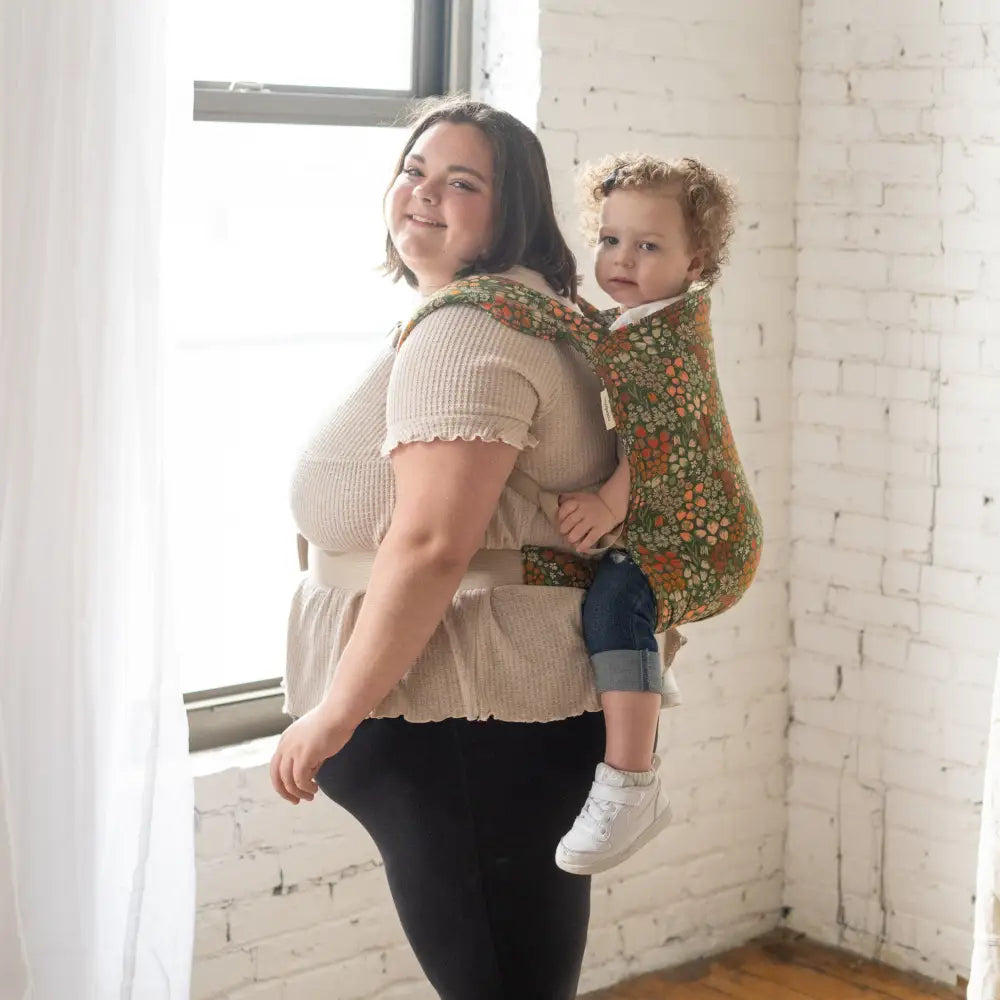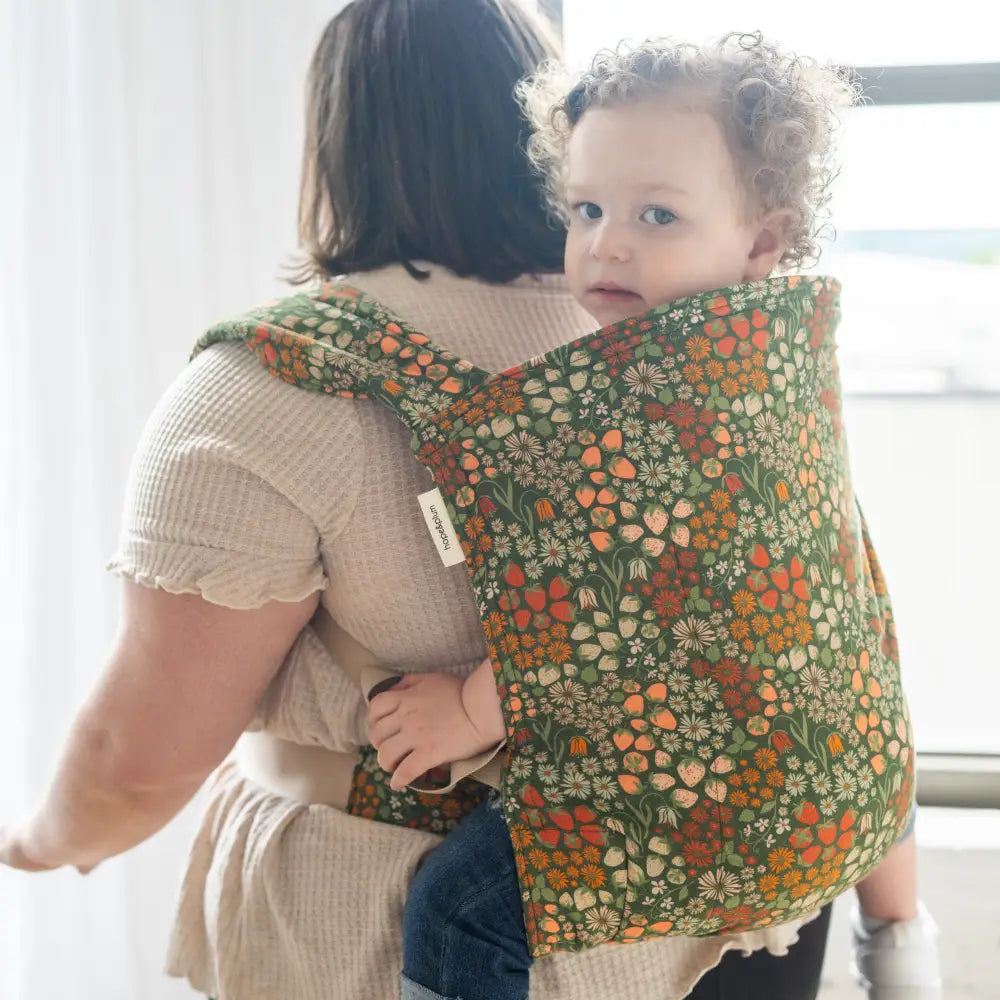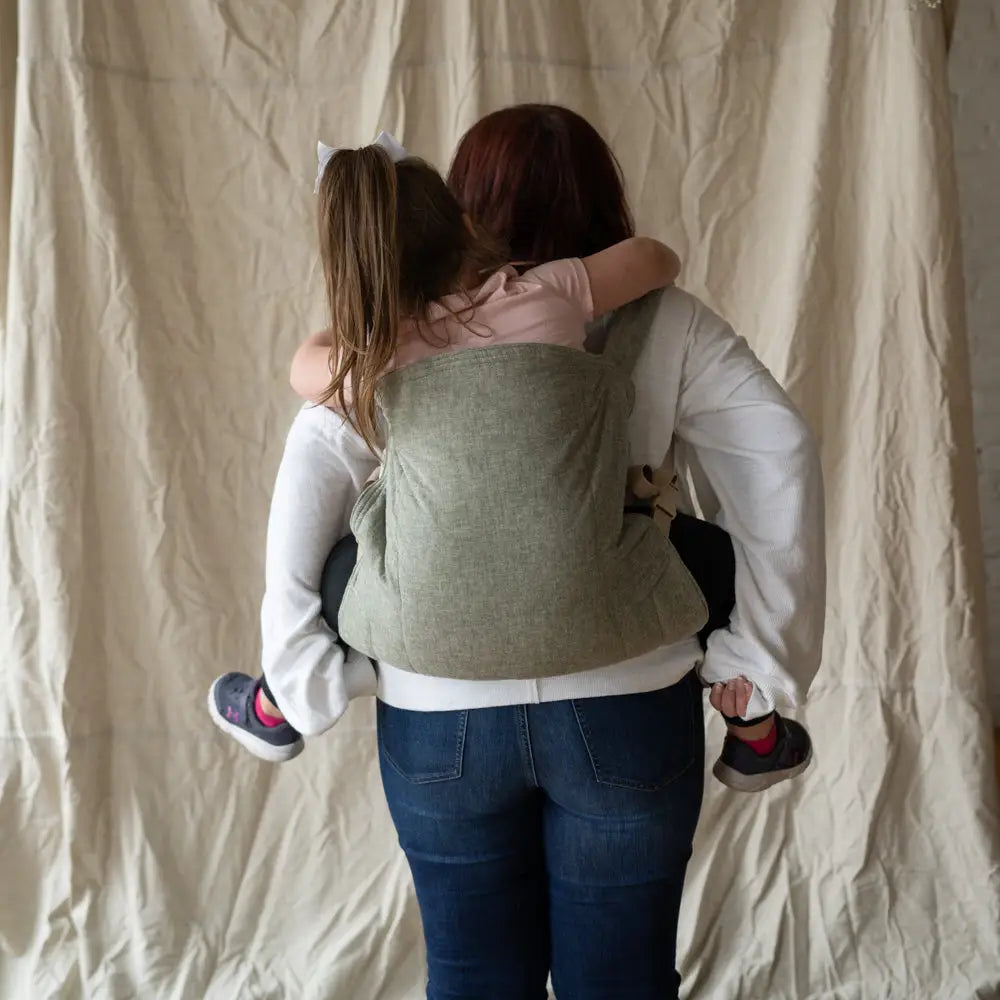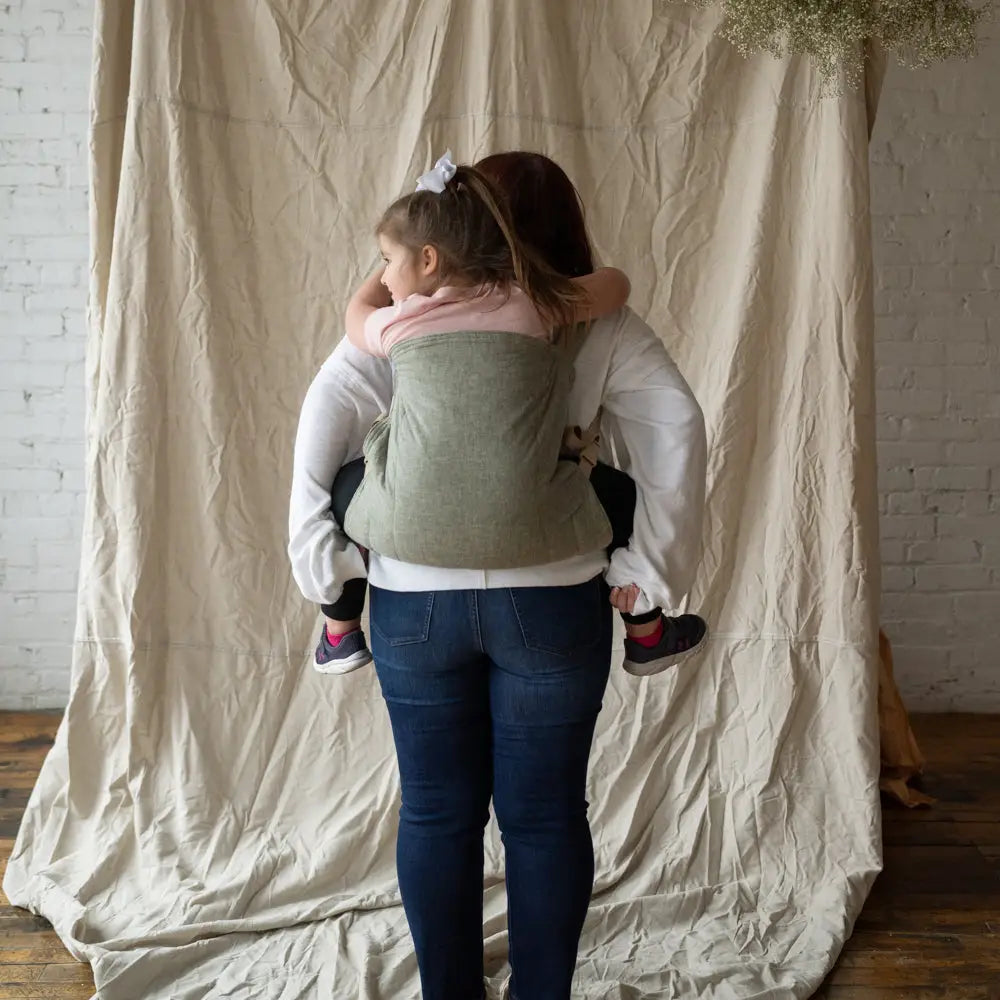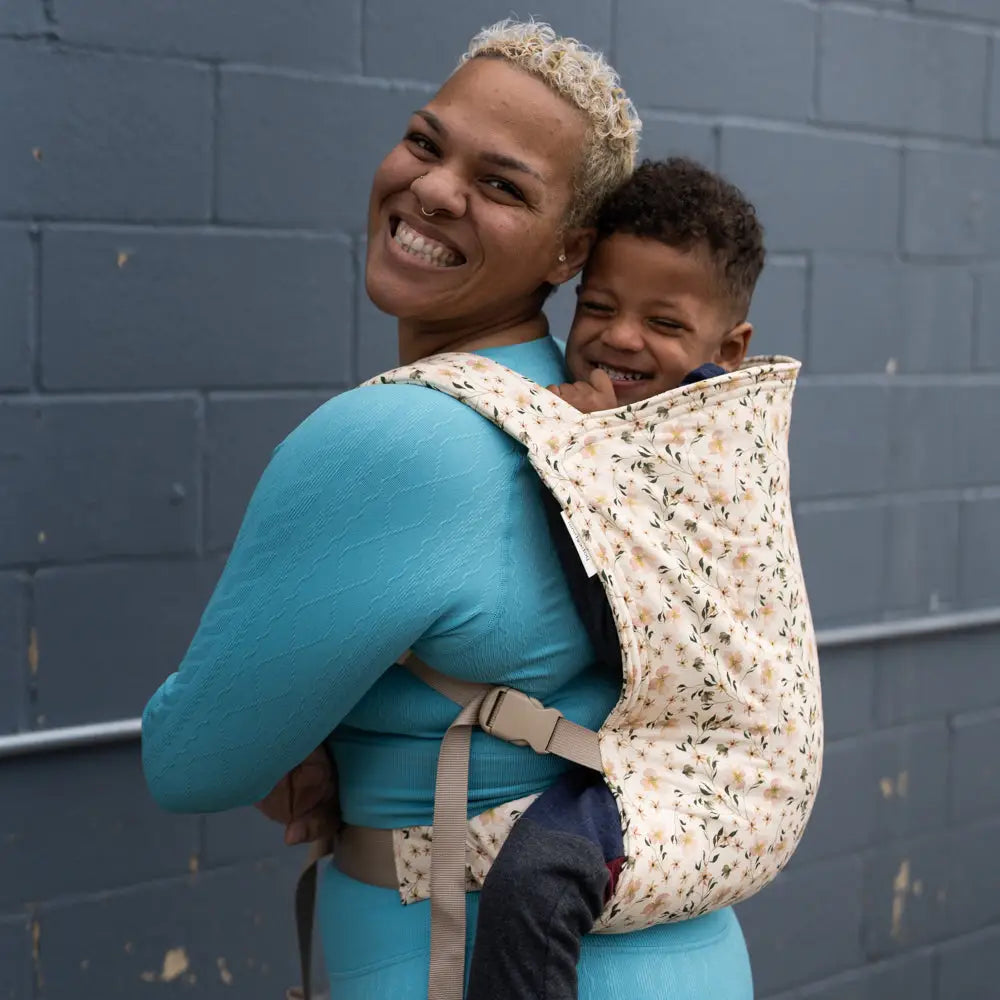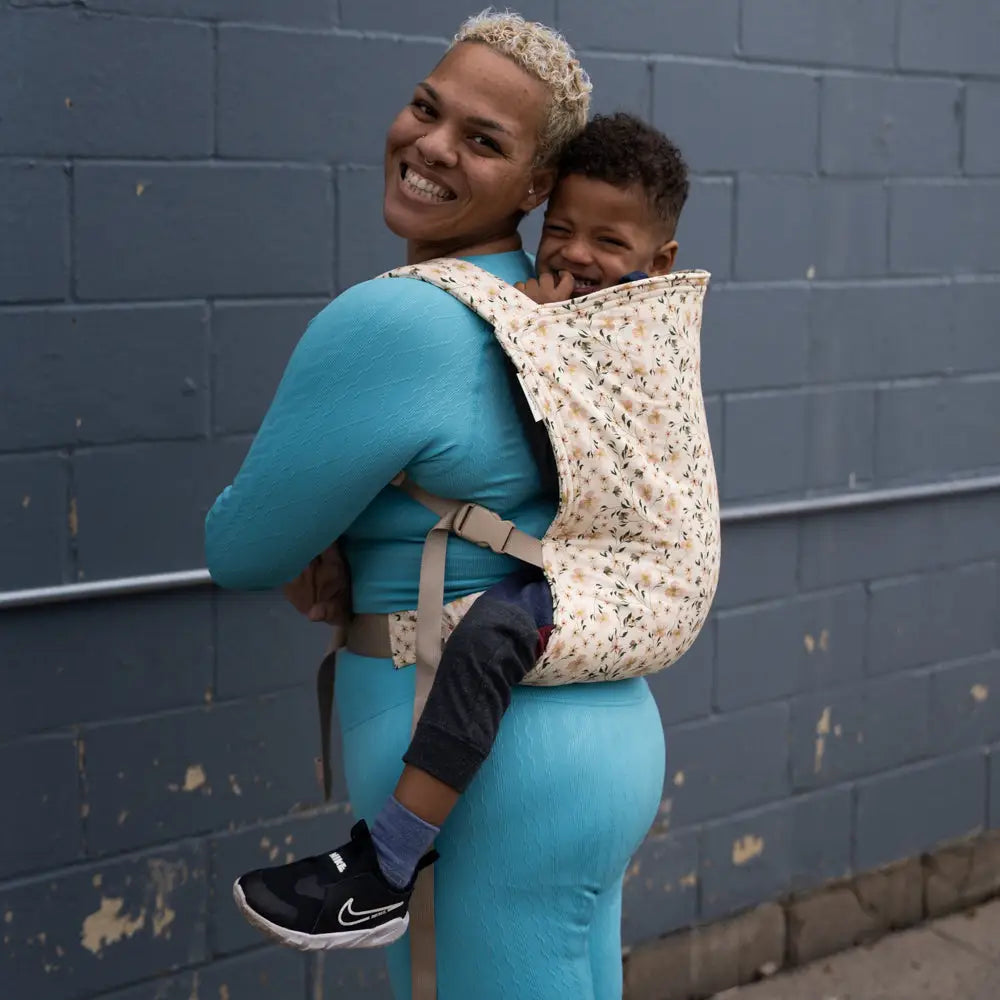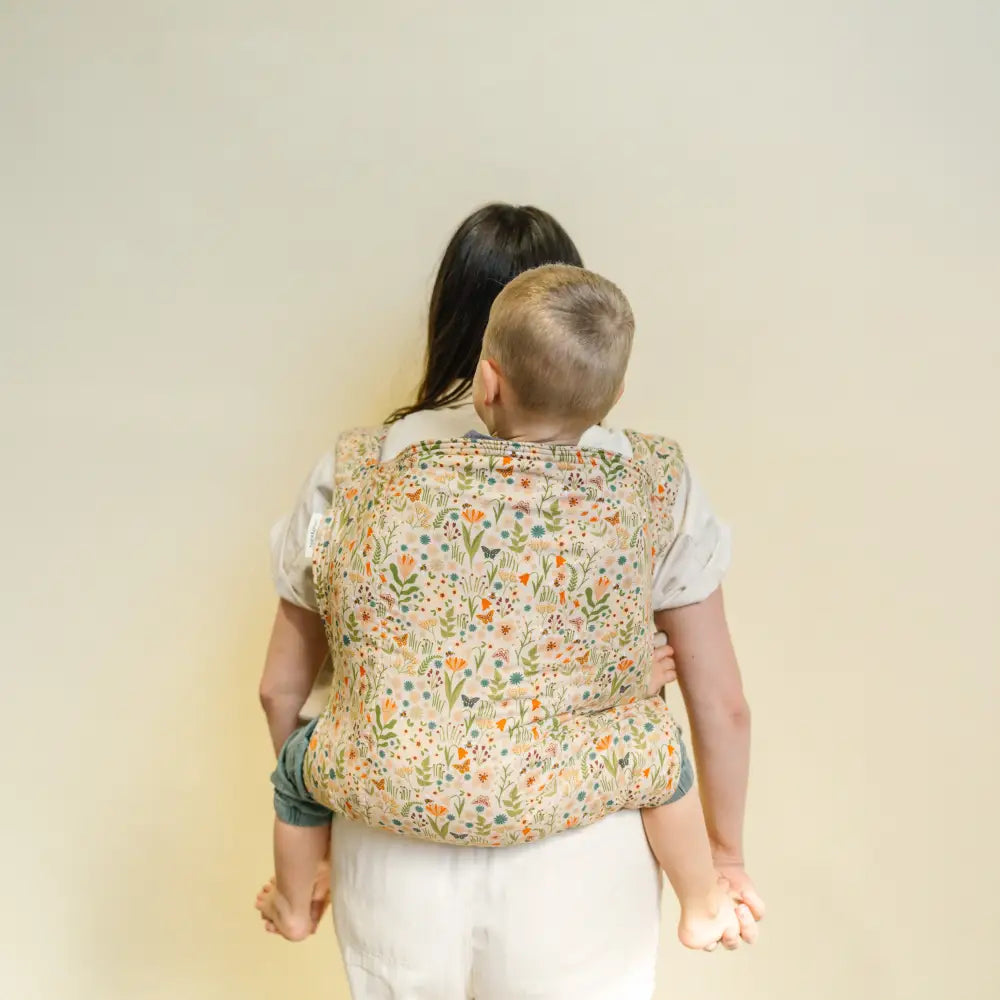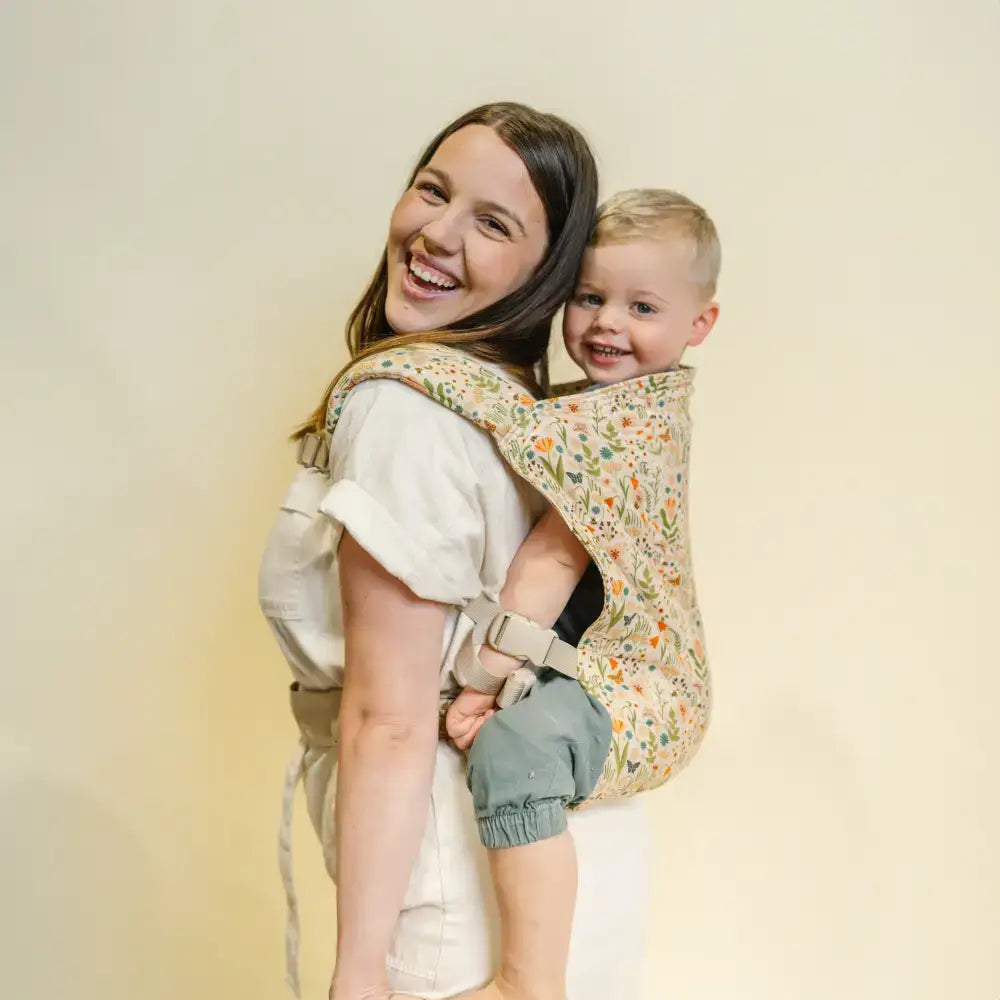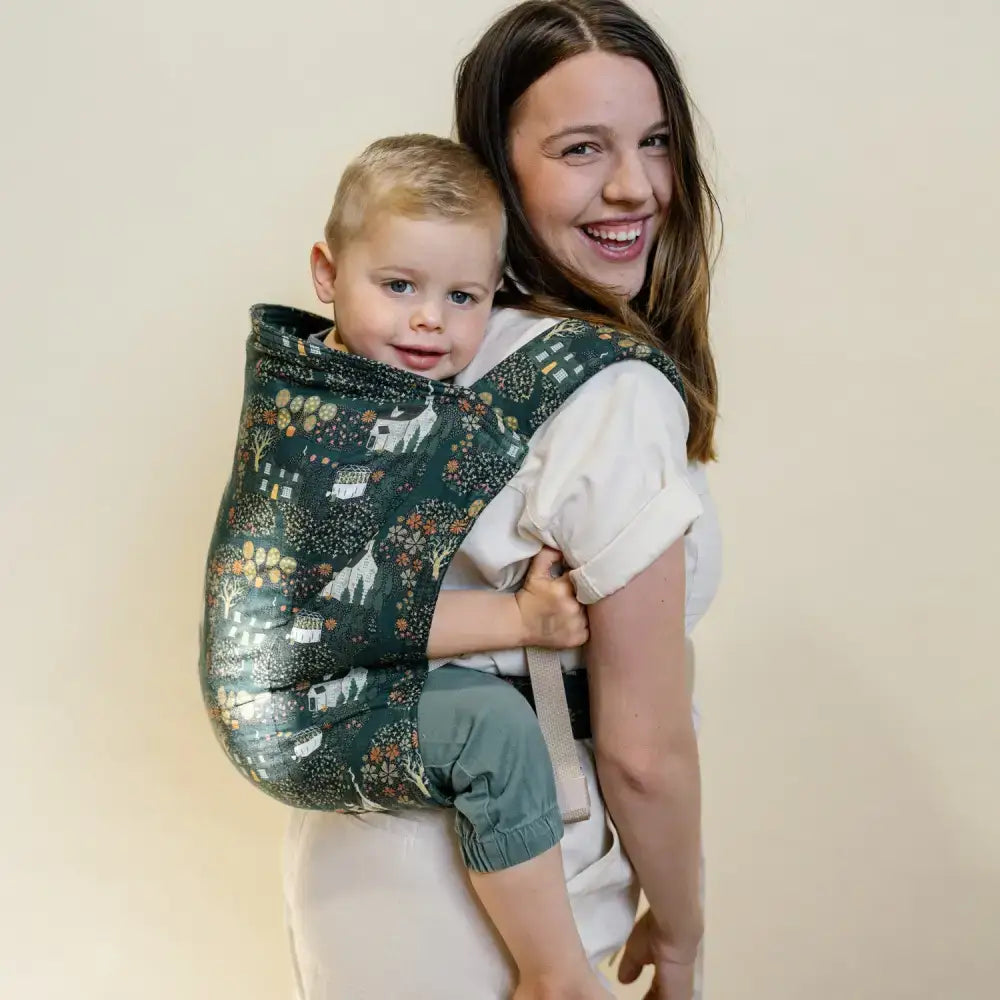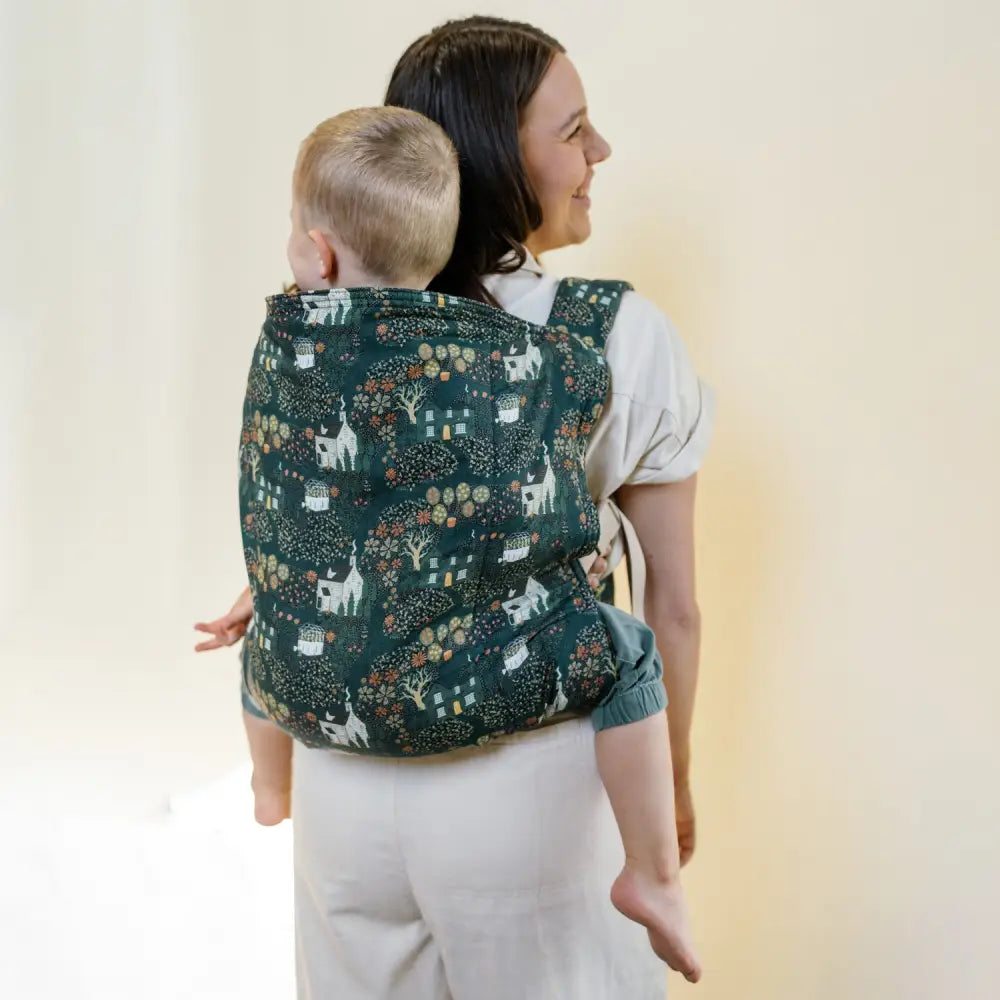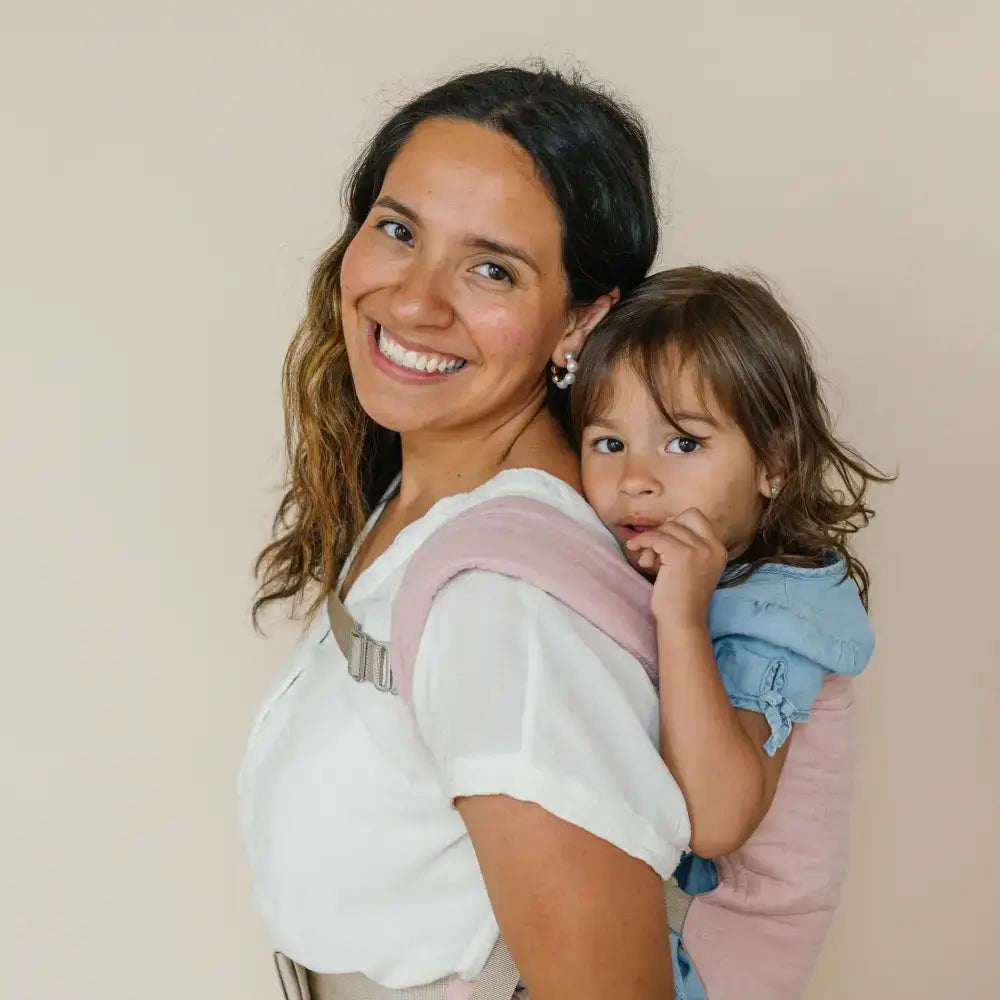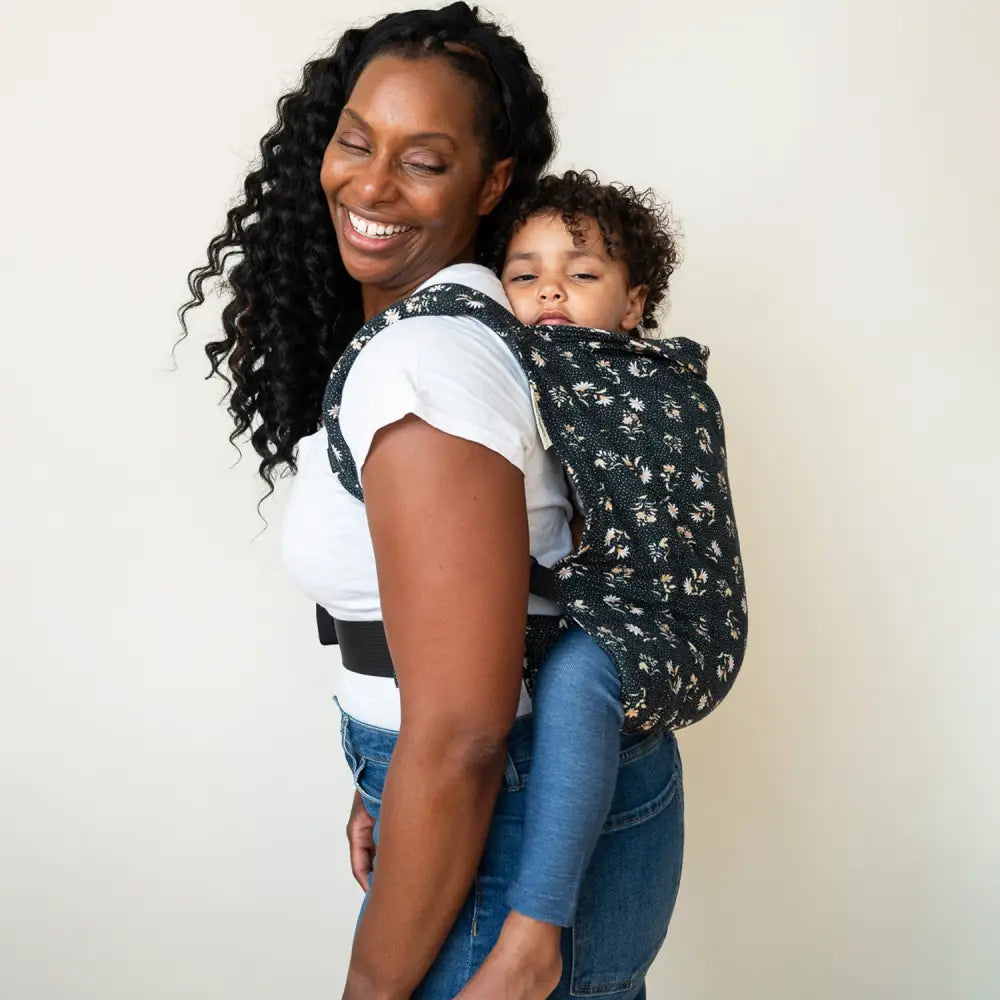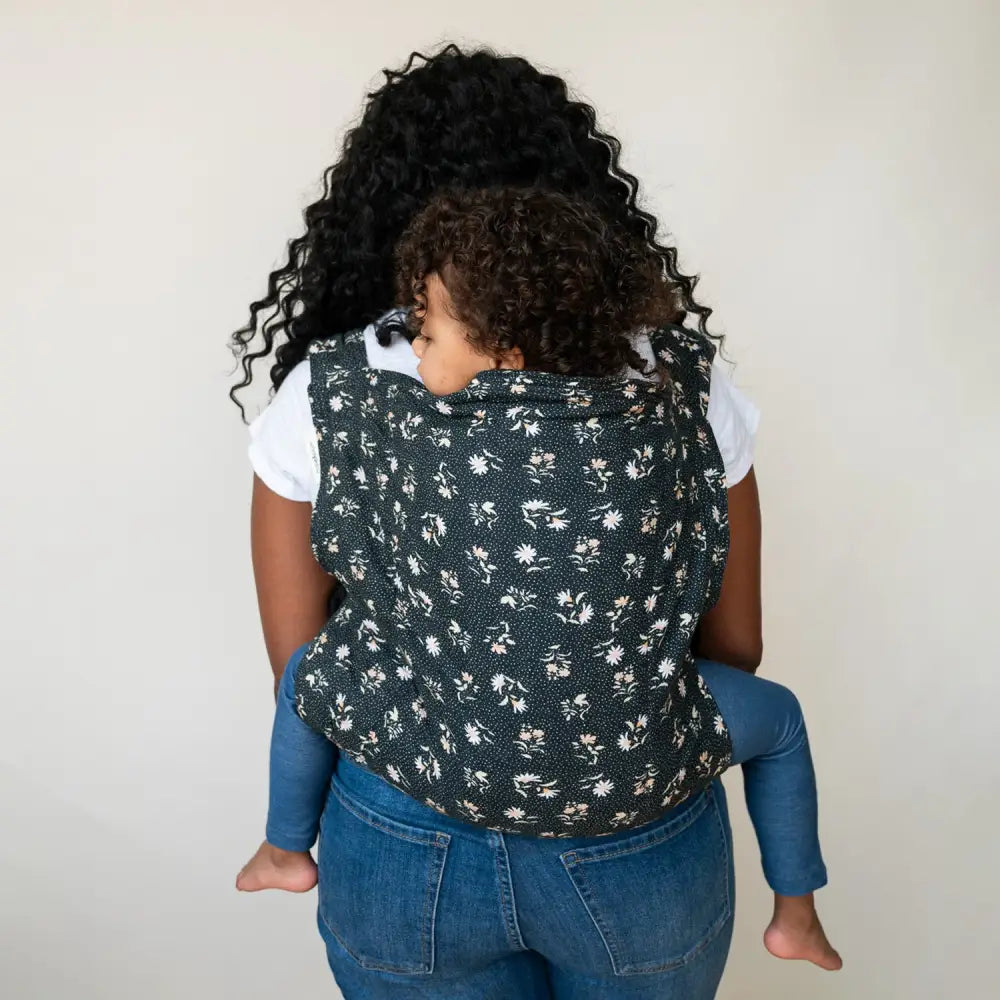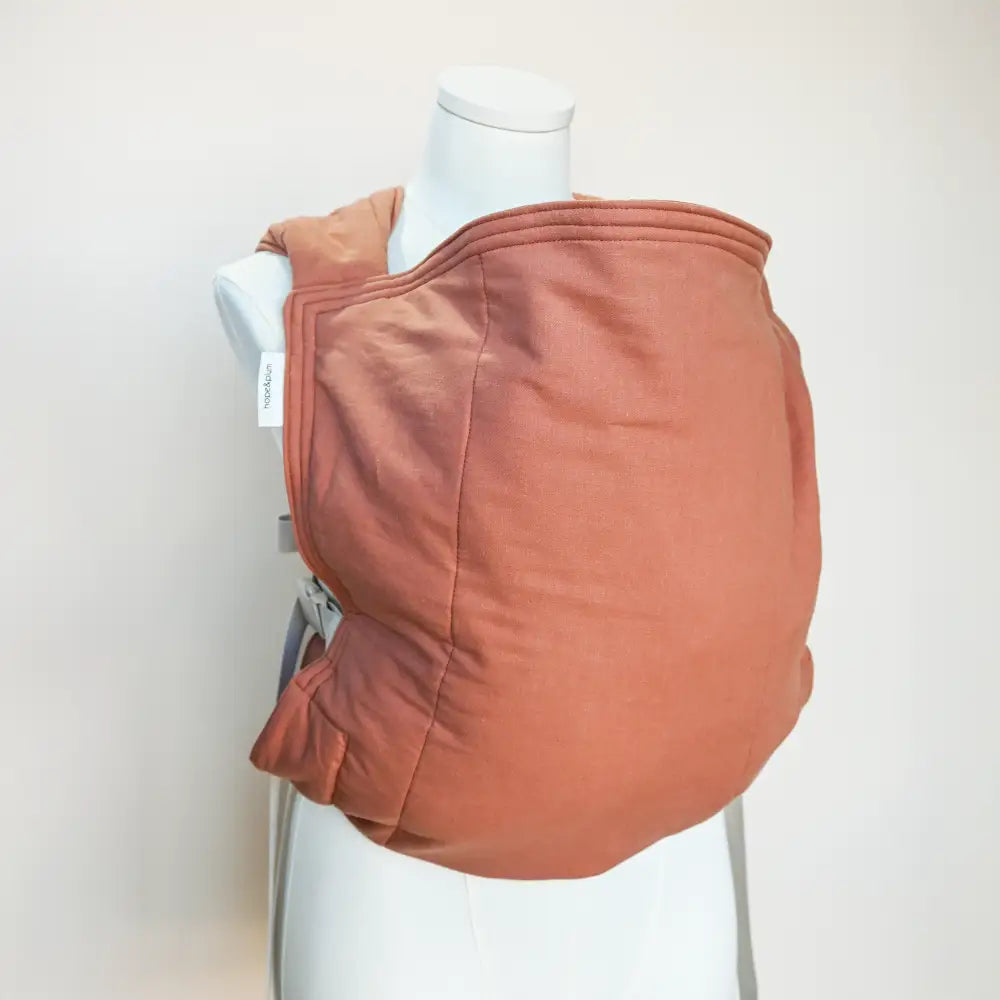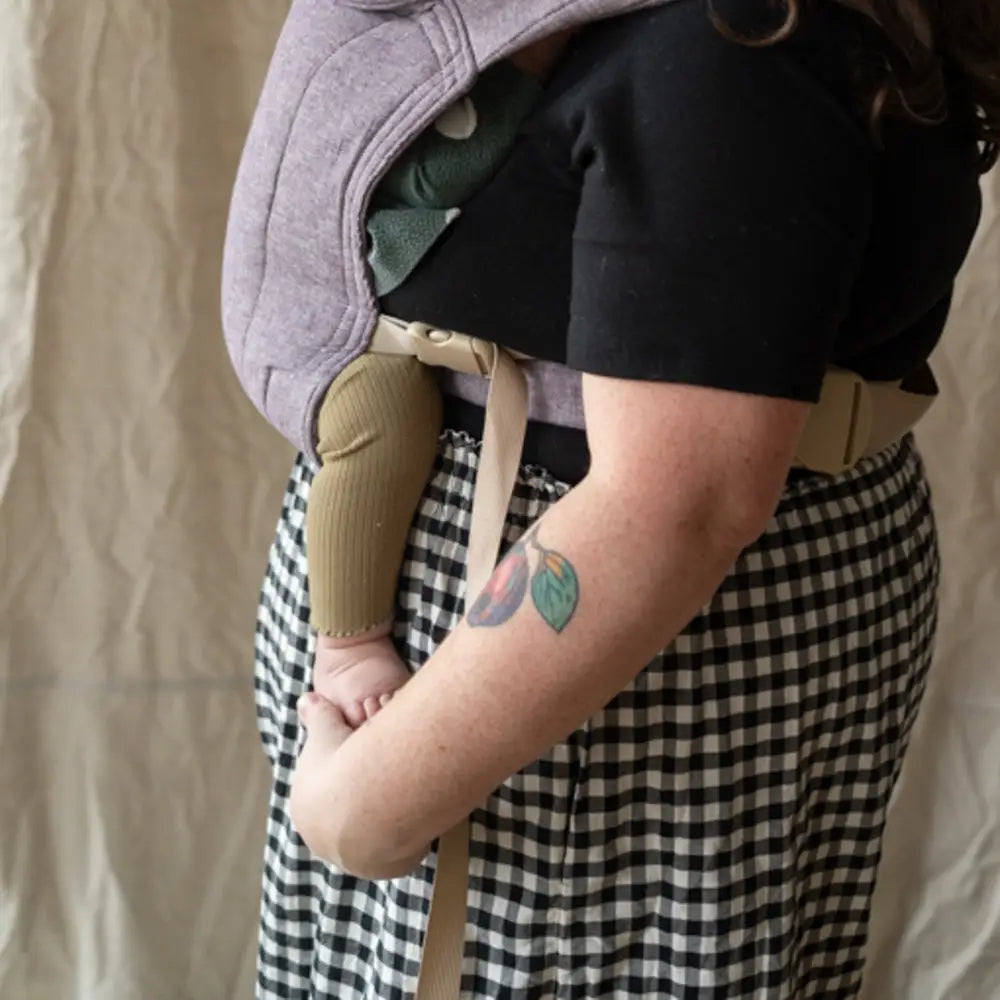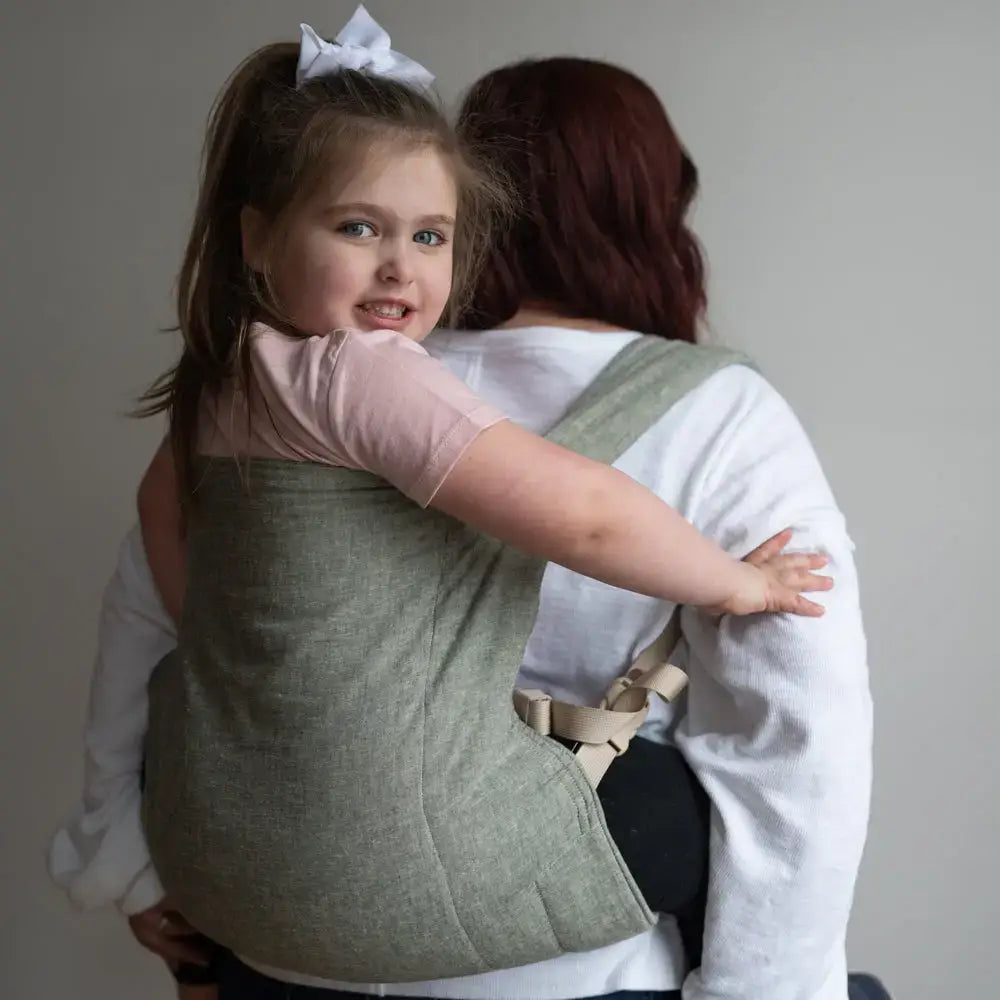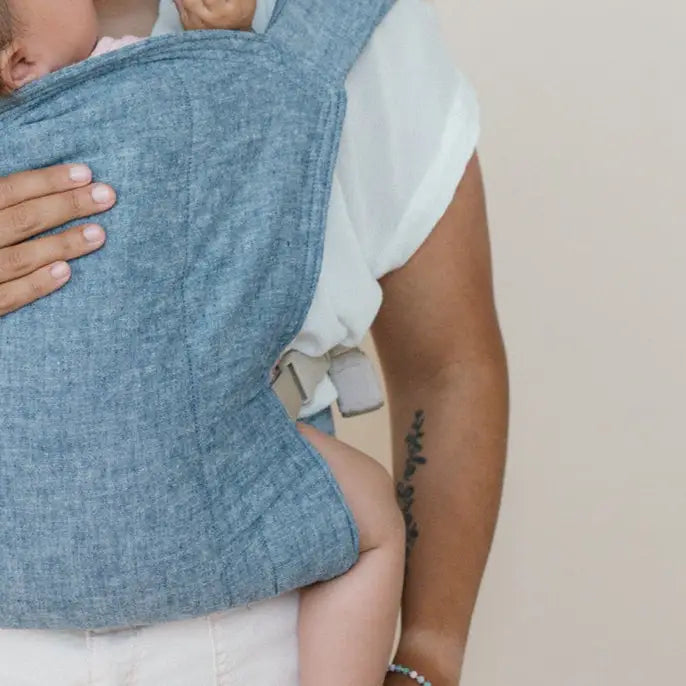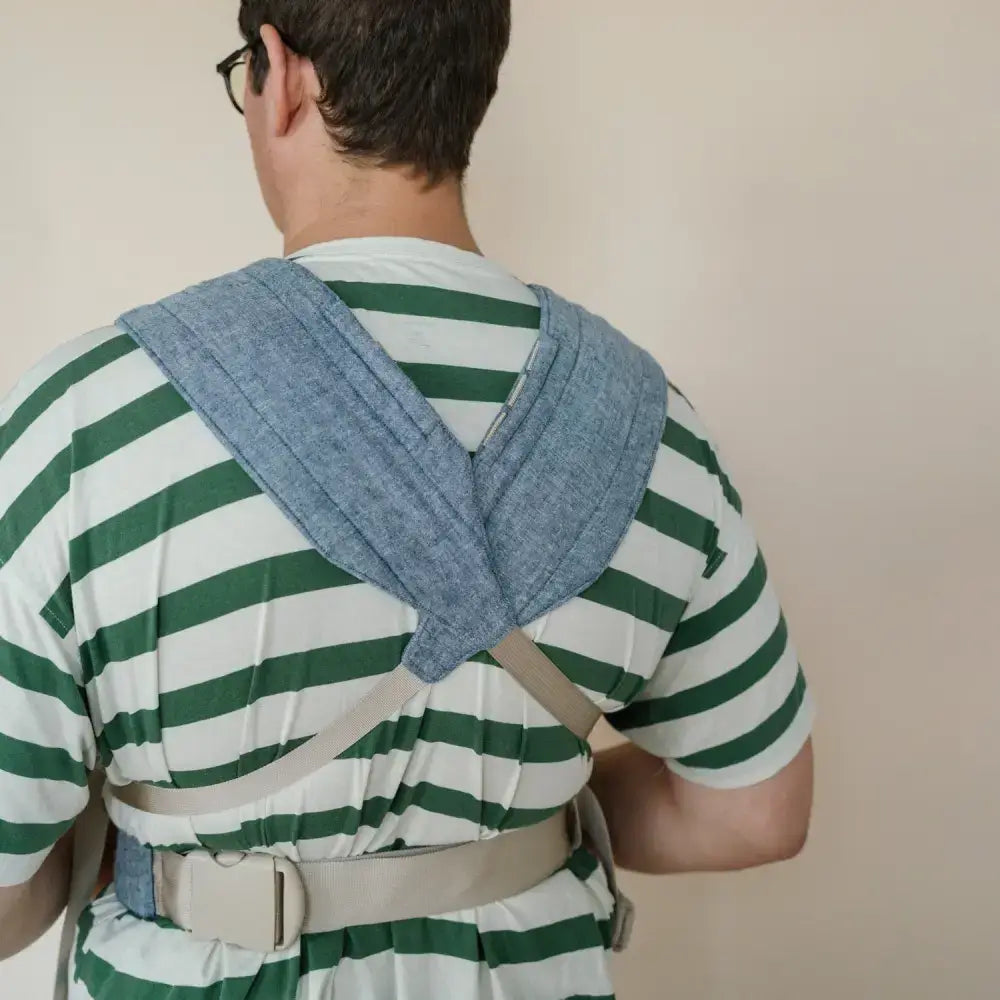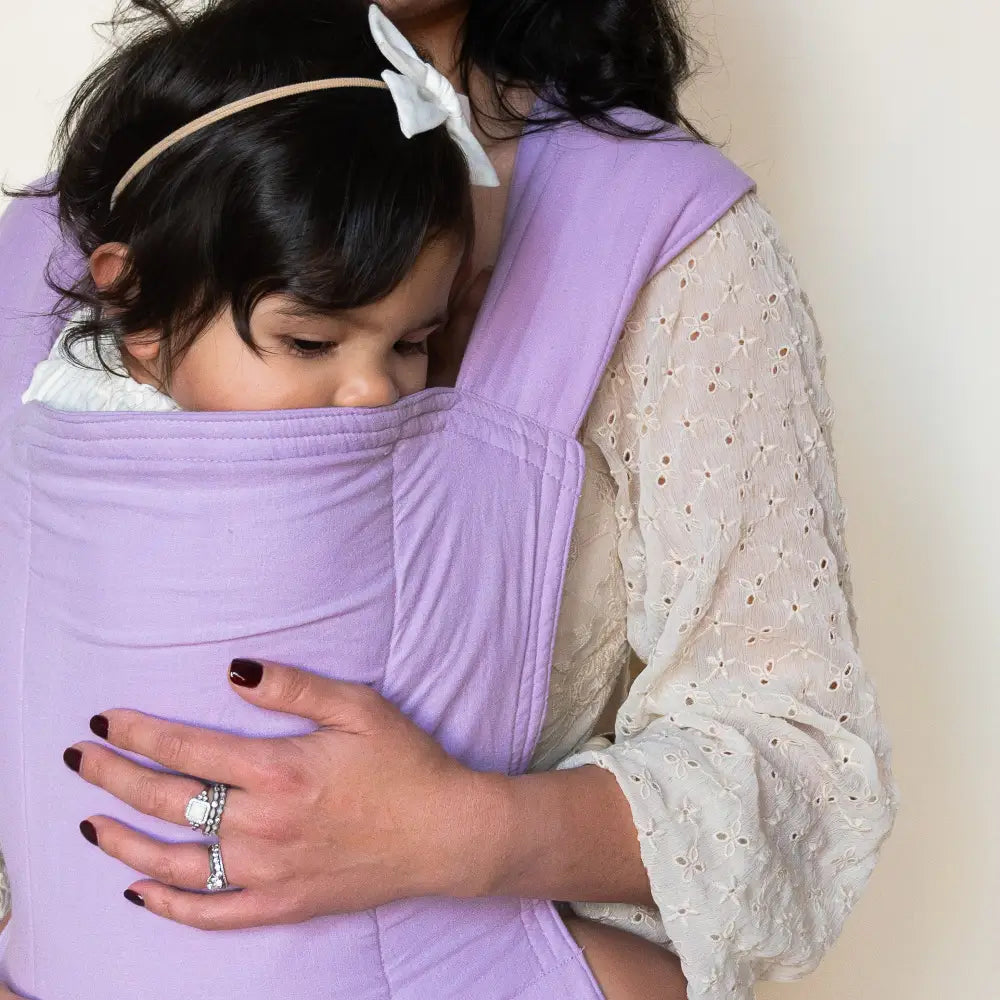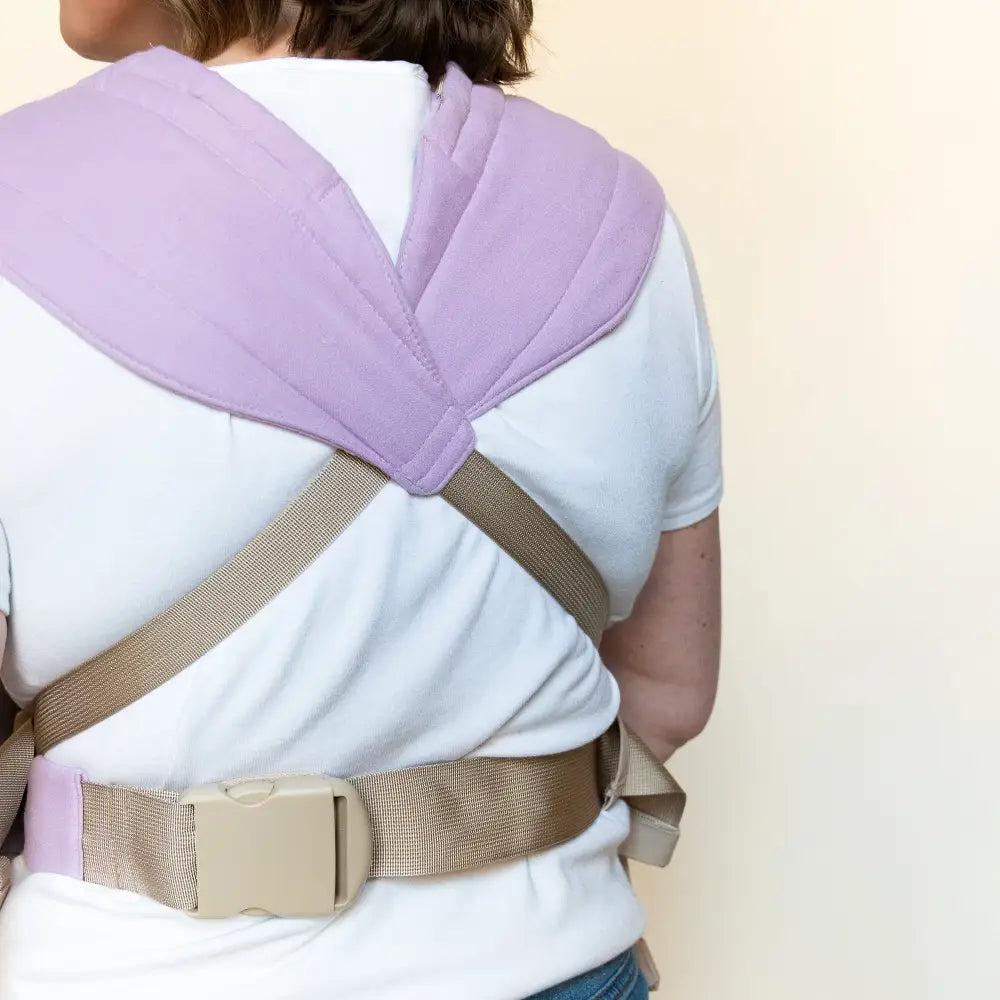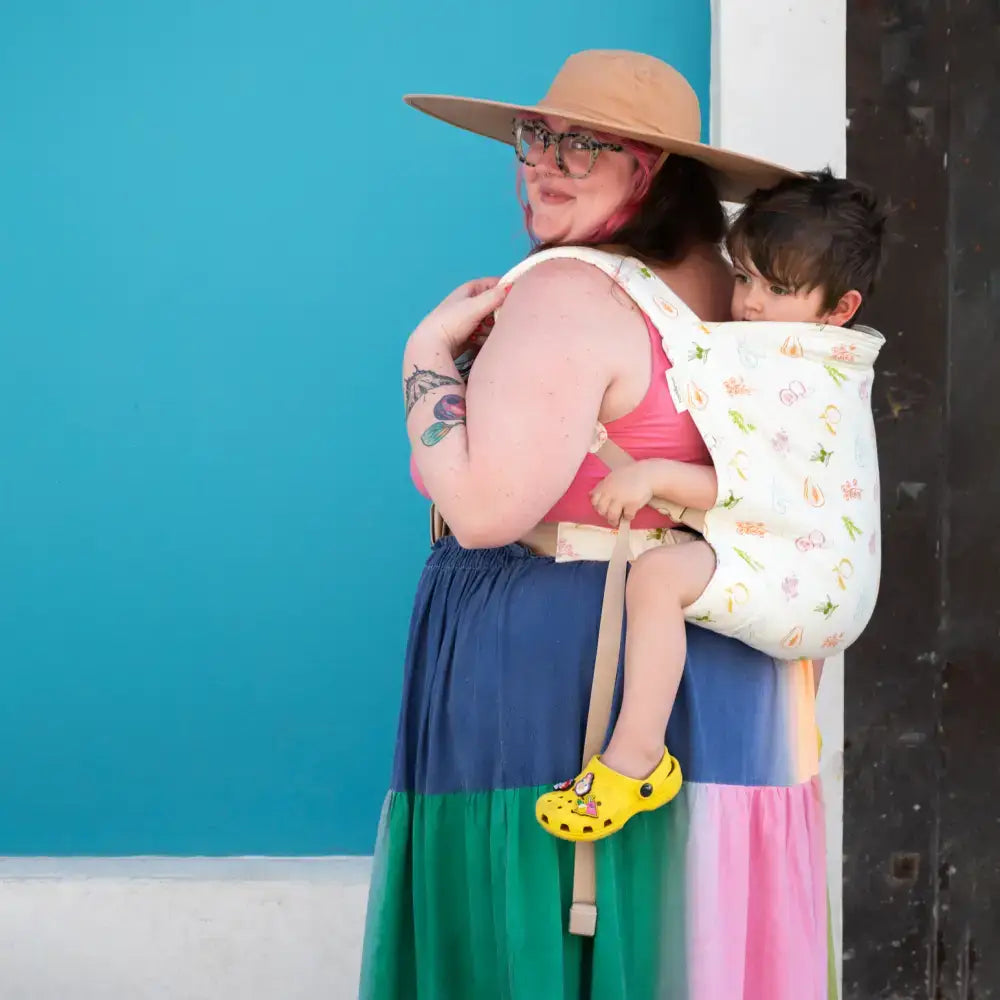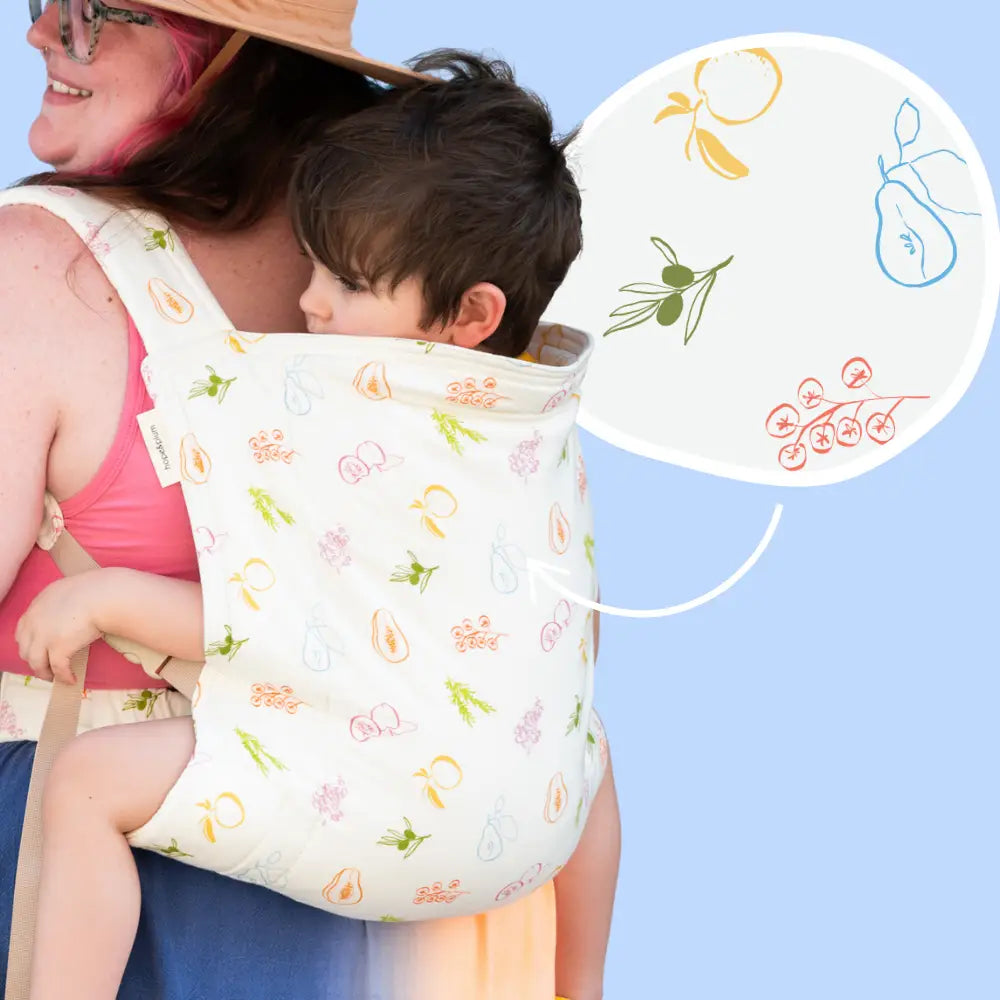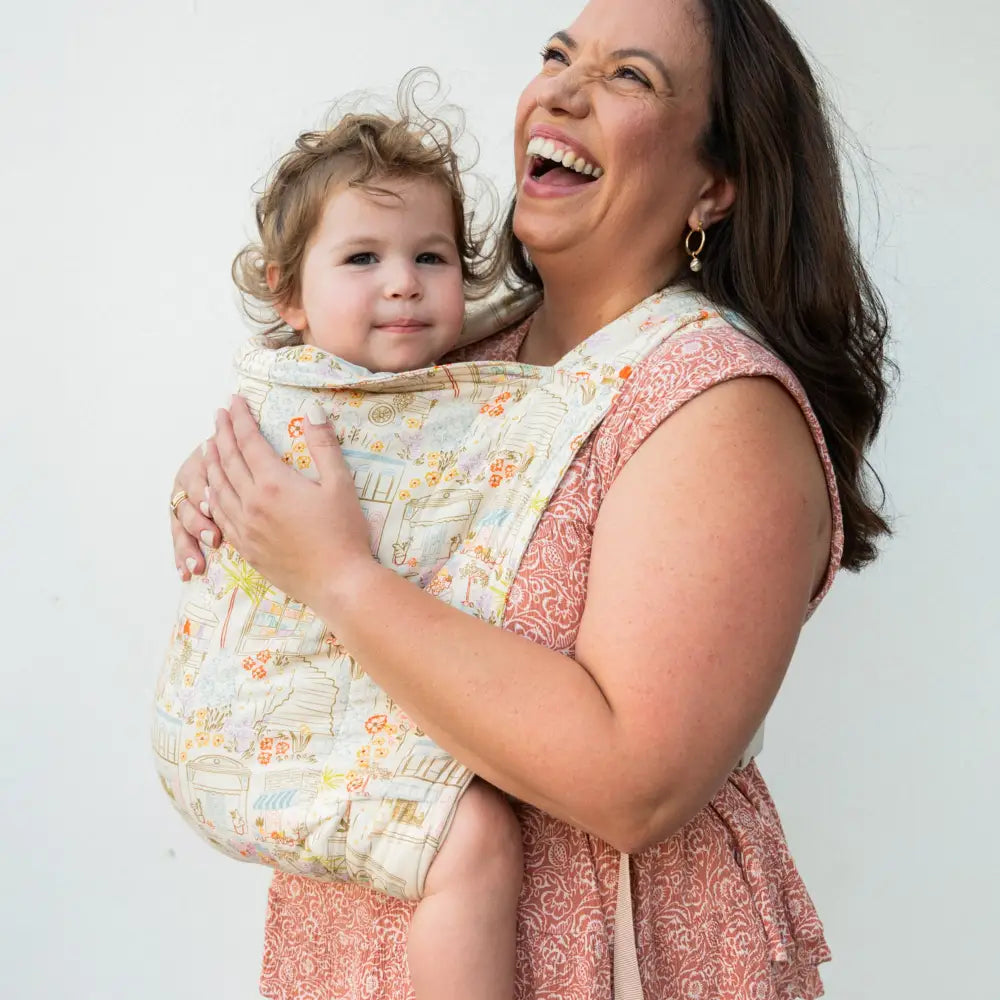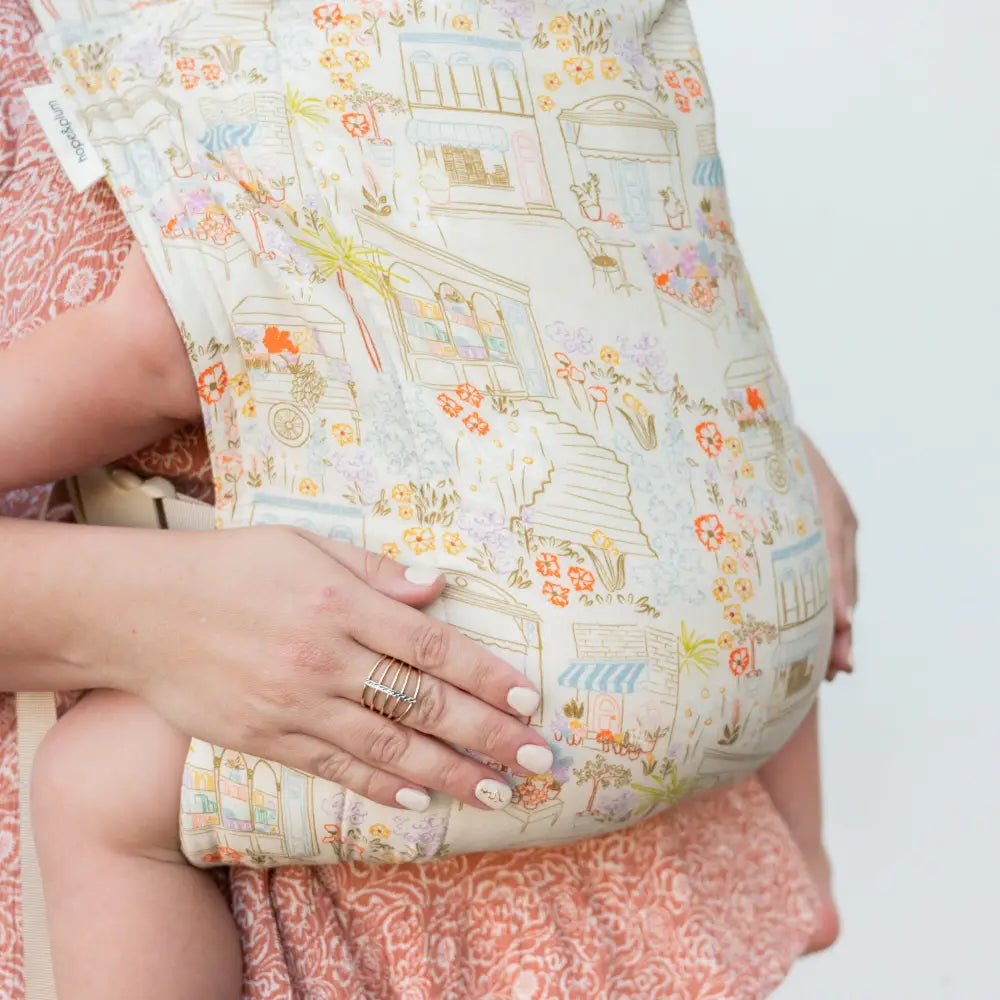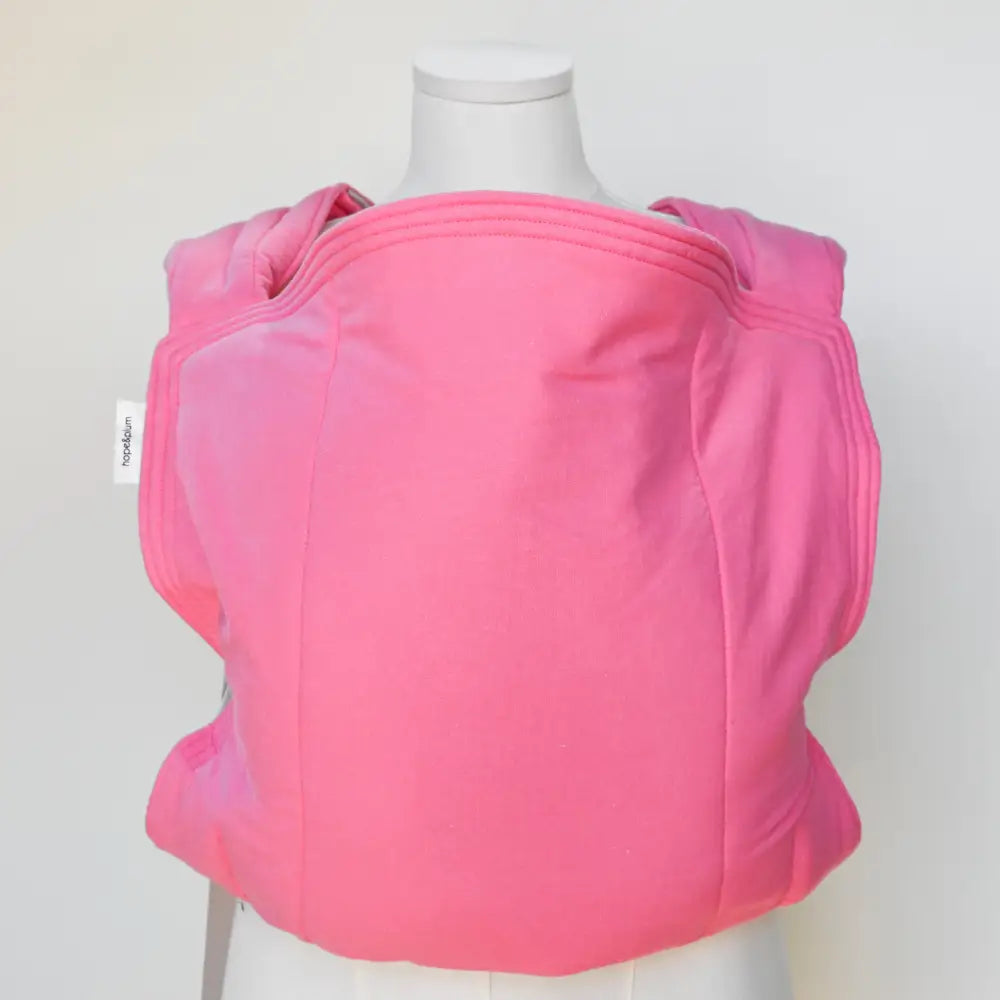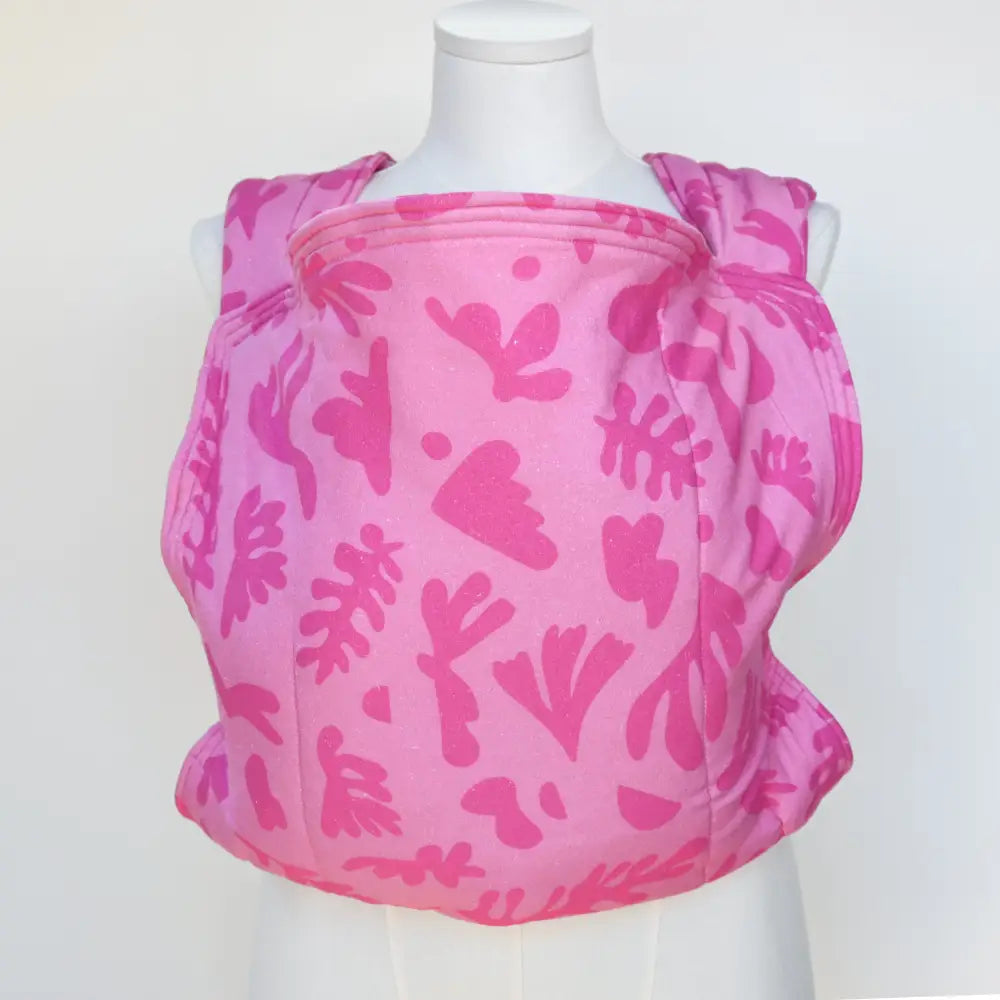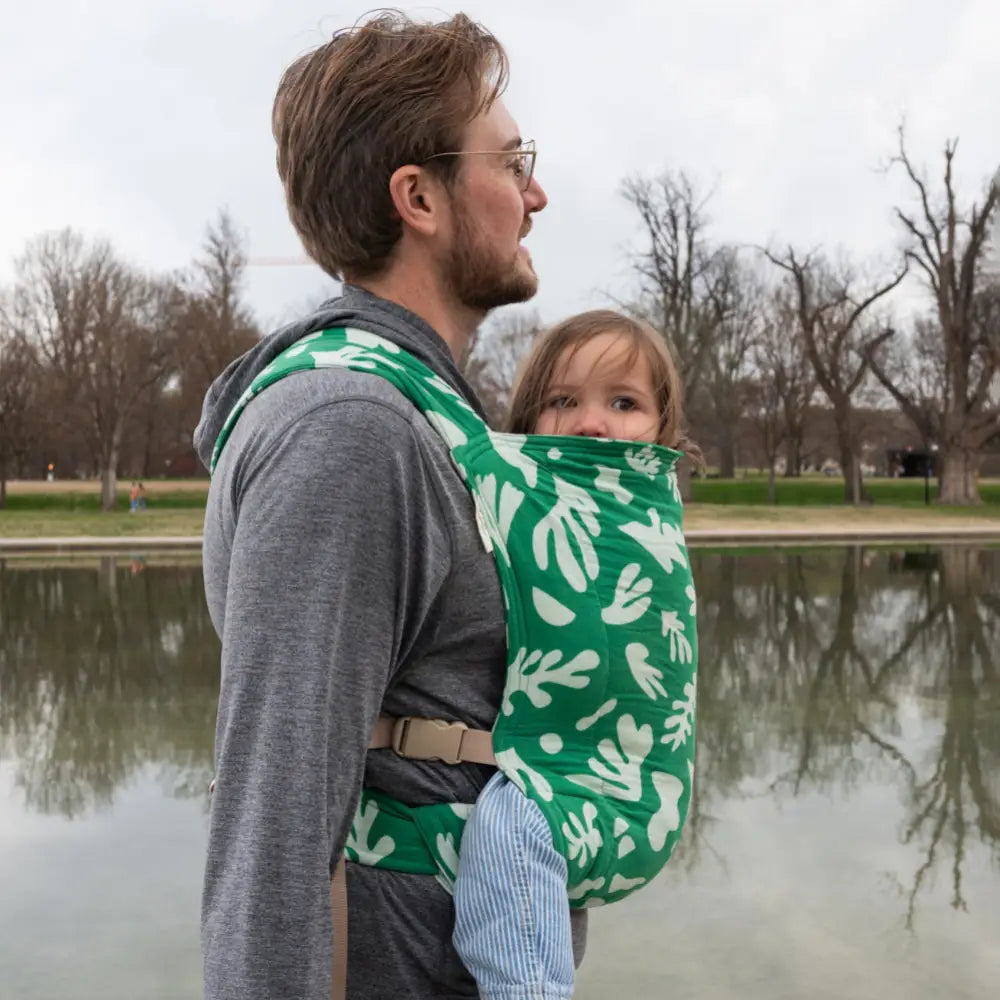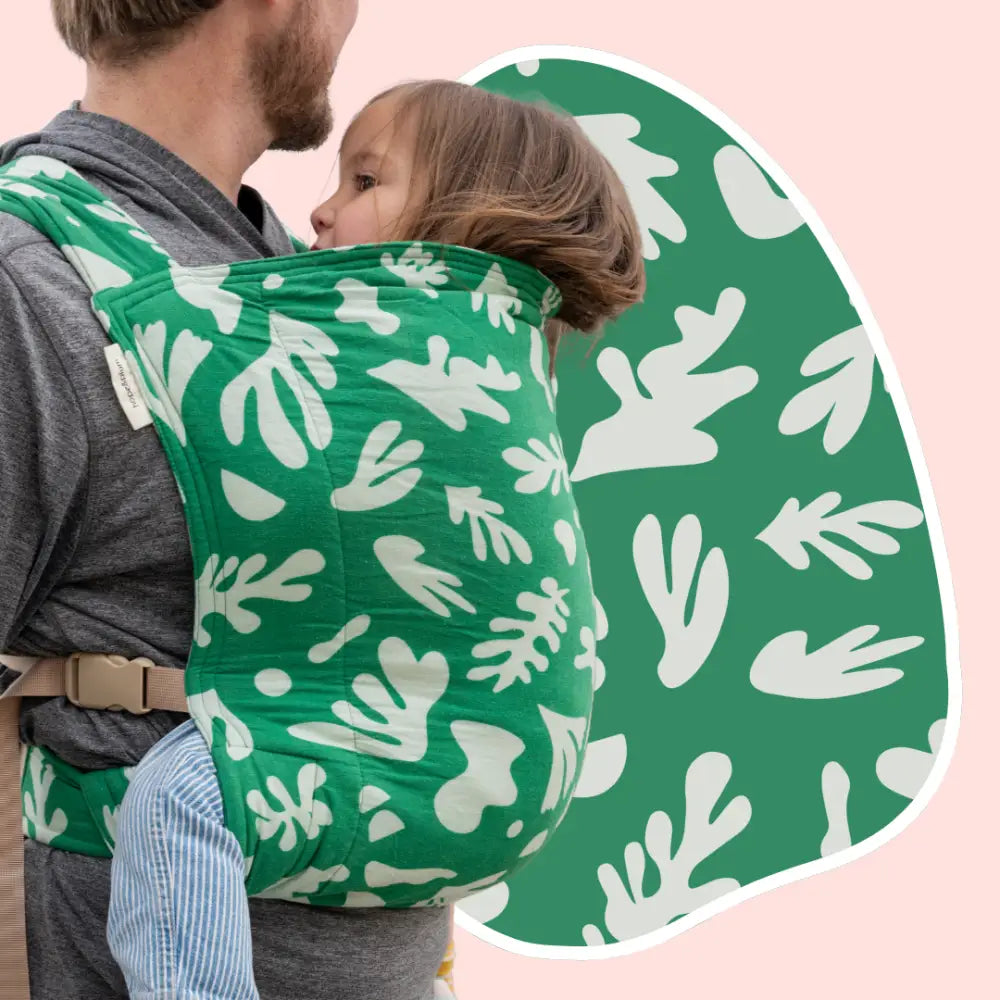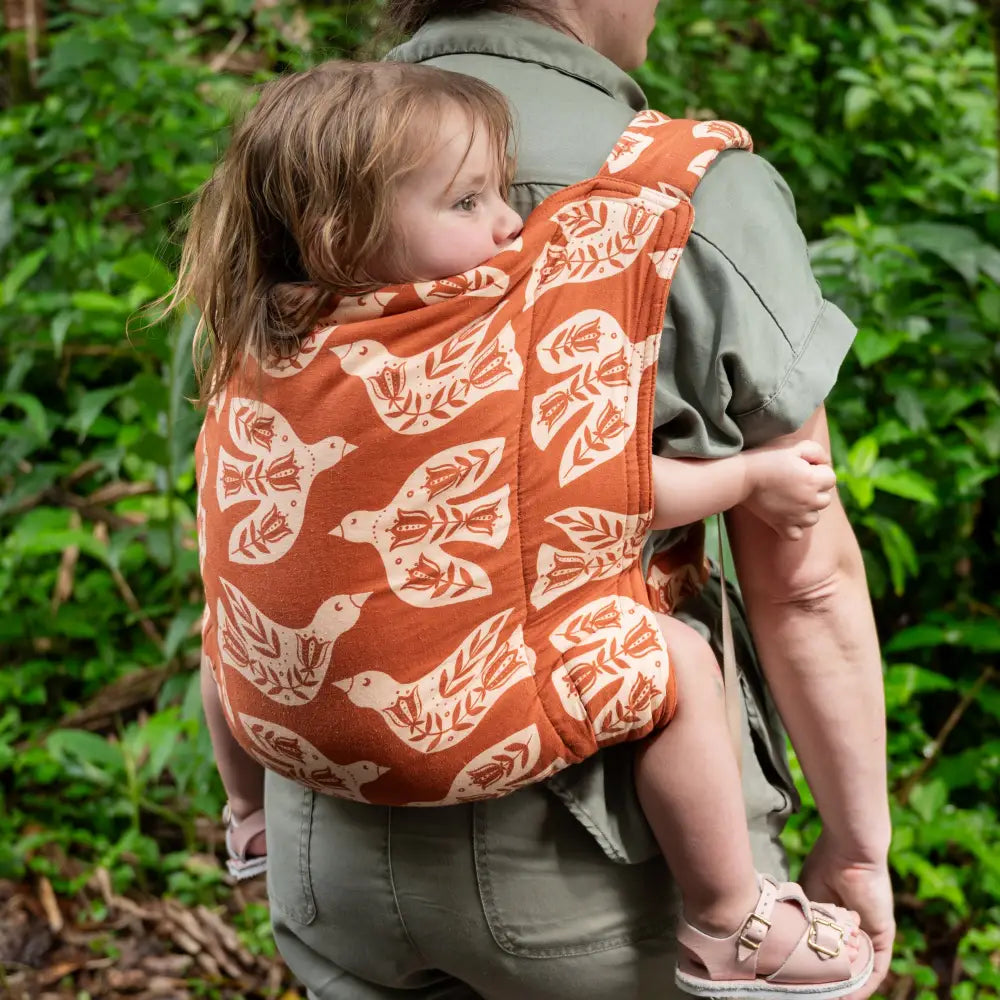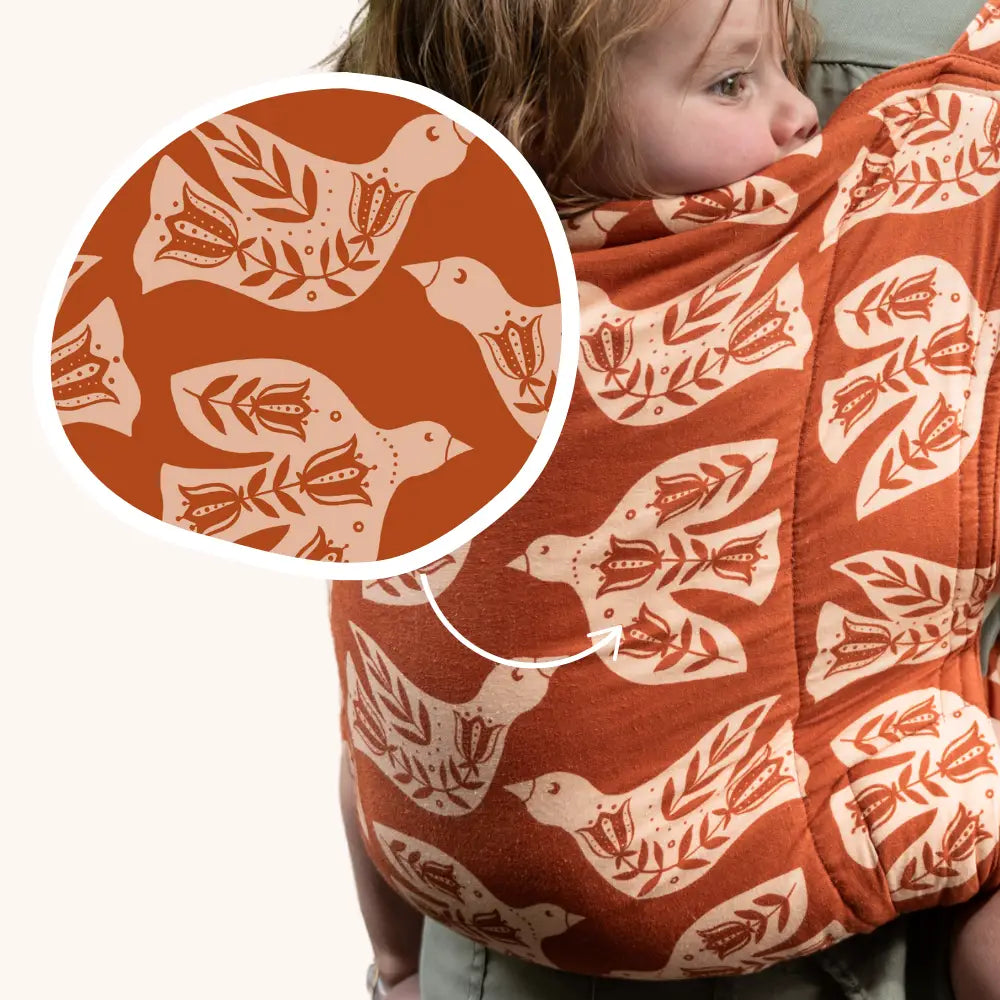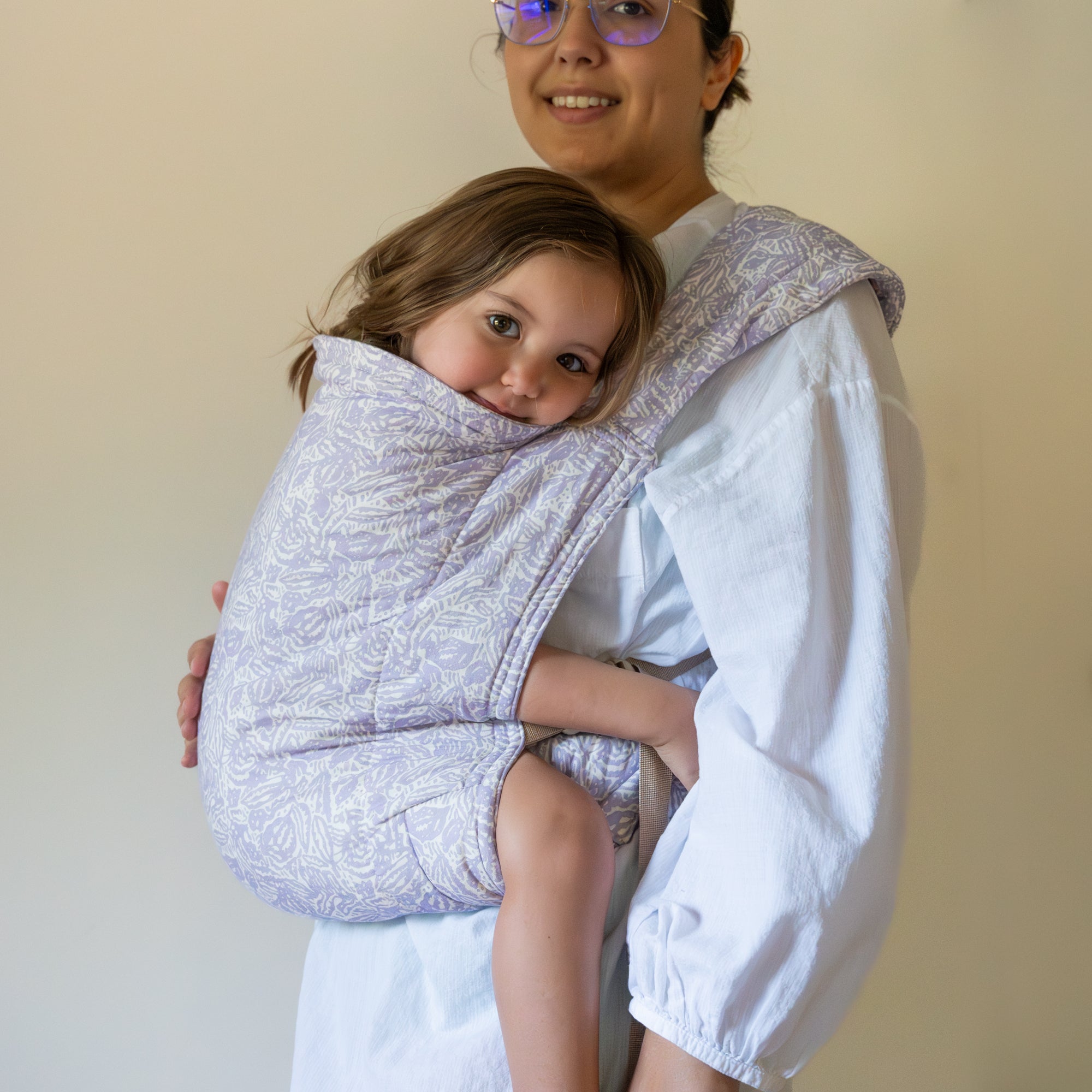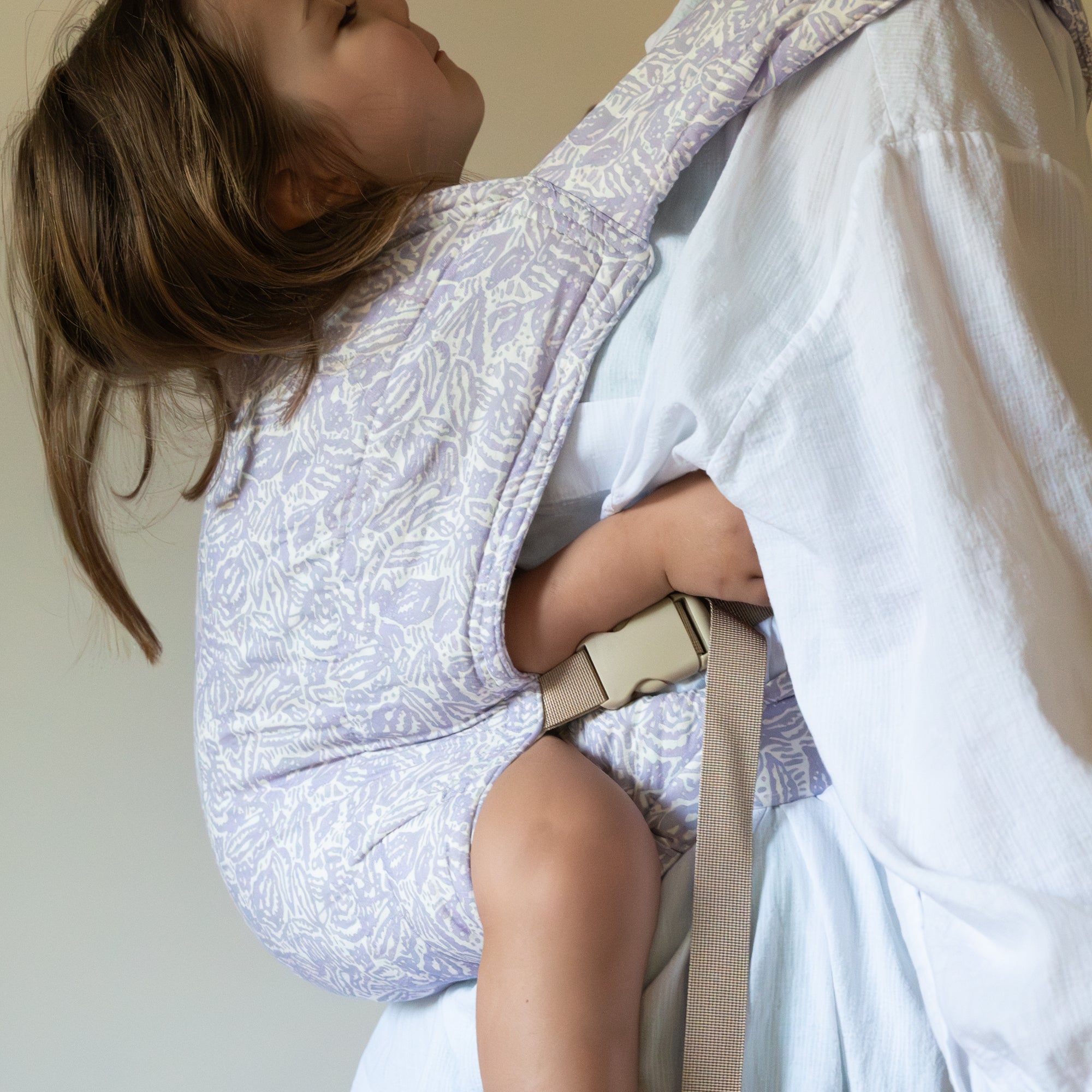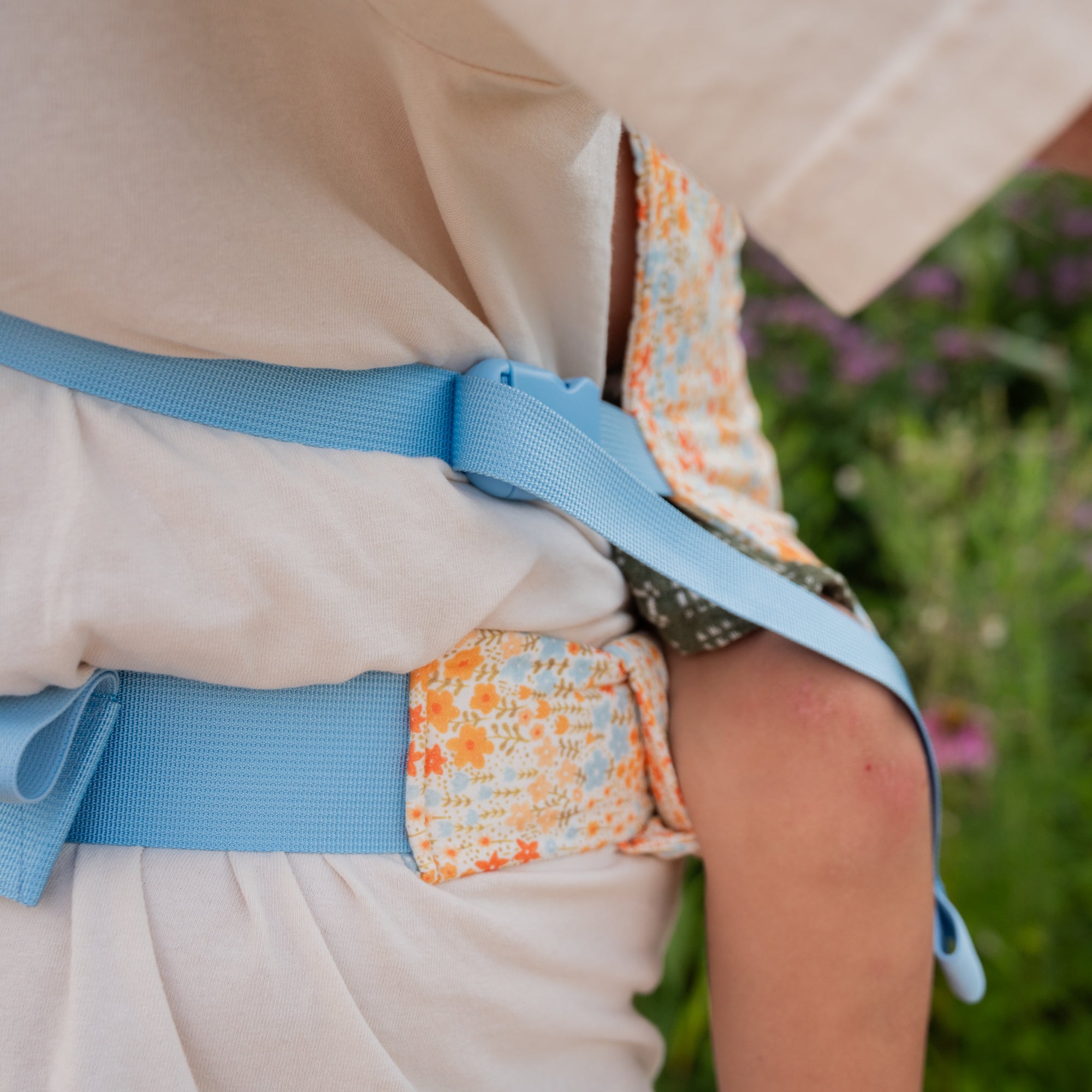Frequently Asked Questions
Is a bike carrier or trailer safer for toddler?
The safety of a bike carrier versus a trailer for toddlers is a common concern. Generally, bike trailers are considered safer due to their stable design, lower center of gravity, and added protection from the elements, ensuring a secure ride for your little one.
Are Tula toddler carriers good for plus size?
Tula toddler carriers are designed to accommodate plus-size wearers comfortably. With adjustable features and supportive design, they provide a secure fit for a range of body types, making them a great option for plus-size parents.
What is the best toddler carrier for hiking?
The best toddler carrier for hiking combines comfort, support, and versatility. The Lark Kid Carrier stands out, offering adjustable straps, a lightweight design, and the ability to carry children weighing 25 to 65 pounds, making it perfect for outdoor adventures.
What is the best baby carrier for babies and toddlers?
The best baby carrier for babies and toddlers is one that combines comfort, support, and versatility. The Lark Kid Carrier excels in these areas, accommodating children from 25 to 65 pounds and allowing for both front and back carries.
How to use Ergo baby carrier for toddler?
Using an Ergo baby carrier for toddlers involves securely adjusting the straps and waistband, ensuring your child is sitting comfortably and safely. Position your toddler either on your front or back, keeping their legs in the "M" shape for proper support.
What Lillebaby carrier do I need for my three-year-old toddler?
The right Lillebaby carrier for your three-year-old toddler is the Lark Kid Carrier. It's designed for children weighing between 25 to 65 pounds and offers adjustable features for optimal comfort and support during outings.
How to turn a scarf into a toddler carrier?
Turning a scarf into a toddler carrier involves folding the scarf diagonally to create a triangle, wrapping it around your waist, and then crossing the ends over your toddler’s back for support. Ensure the fabric is secure for safe carrying.
Which toddler carrier is most like Ergo?
The toddler carrier most similar to Ergo is the Lark Kid Carrier. Like the Ergo, it features adjustable straps, a padded waistband, and offers both front and back carrying options, ensuring comfort and support for both the parent and child.
Which Ergo carrier is best for toddler?
The best Ergo carrier for toddlers is the Ergo 360, as it offers versatile carrying positions and ergonomic support, ensuring comfort for both child and caregiver. It's designed to accommodate children up to 48 pounds, making it an ideal choice for older toddlers.
What features should I consider in a toddler carrier?
The key features to consider in a toddler carrier are comfort with padded straps, adjustability for a customized fit, support for both front and back carrying, safety features, and lightweight, portable design for easy use on-the-go.
How do I choose the right carrier for hiking?
Choosing the right carrier for hiking involves considering comfort, weight capacity, and ease of use. Look for features like adjustable straps, breathable fabric, and support for both front and back carrying options to ensure an enjoyable experience for you and your child.
Are there specific safety standards for toddler carriers?
Specific safety standards for toddler carriers are established to ensure the safety and comfort of children. These standards include guidelines on weight capacity, stability, and proper harnessing to minimize risks during use. Always choose carriers that comply with safety regulations for added reassurance.
Can a toddler carrier be used for newborns?
Toddler carriers are designed primarily for older children and may not be suitable for newborns. It's essential to use an appropriate carrier specifically made for infants, ensuring proper support and safety for your little one.
What are the benefits of a wrap carrier?
The benefits of a wrap carrier include providing excellent support for your baby's head and back, promoting skin-to-skin contact, and distributing weight evenly to reduce strain on your body, making it a comfortable option for both parent and child.
How do I clean a toddler carrier properly?
Cleaning a toddler carrier properly involves gently spot cleaning with mild soap and warm water, followed by air drying. For more thorough cleaning, refer to the manufacturer's instructions for machine washing, if applicable.
Are soft-structured carriers better than wraps?
Soft-structured carriers and wraps each have unique advantages. Soft-structured carriers offer more support, ease of use, and quicker on-and-off capabilities, while wraps provide a snug fit and versatility. The choice depends on personal preference and specific needs.
What age is best for transitioning to a toddler carrier?
The best age for transitioning to a toddler carrier is typically around 2 to 3 years old, when your child reaches a weight of at least 25 pounds and has outgrown standard baby carriers.
Which carriers are best for long-distance walks?
The best carriers for long-distance walks are those that offer ergonomic support, such as the Lark Kid Carrier. With padded shoulder straps and a sturdy waistband, they ensure comfort for both the child and the wearer during extended outings.
Can I use a toddler carrier for outdoor activities?
A toddler carrier is ideal for outdoor activities. Designed for comfort and stability, the Lark Kid Carrier allows you to enjoy family adventures while keeping your little one securely close. It's perfect for hiking, walking, or exploring nature together.
How do I ensure a good fit for my child?
Ensuring a good fit for your child involves adjusting the Lark Kid Carrier’s straps and waistband for comfort and support. Make sure your child’s weight falls within the 25 to 65 lbs range and check that the carrier sits snugly yet comfortably on both of you.
What is the weight limit for common toddler carriers?
The weight limit for common toddler carriers generally ranges from 25 to 65 pounds, accommodating the needs of toddlers and preschoolers as they grow. This makes it essential to choose a carrier that fits your child's size and weight.
Are there carriers designed for plus-size parents?
Carriers designed for plus-size parents do exist, featuring adjustable straps and waistbands for a comfortable fit. These carriers accommodate a wide range of body types, ensuring that all parents can enjoy hands-free bonding with their children.
How to store gear while using a toddler carrier?
Storing gear while using a toddler carrier can be simple and convenient. Utilize built-in pockets or a small backpack to keep essentials within reach, ensuring easy access without disrupting the comfort of you and your toddler.
What are the best features in a bike carrier?
The best features in a bike carrier include a sturdy construction for safety, easy attachment and detachment, adjustable straps for a secure fit, lightweight design for portability, and ample storage space for convenience during rides.
How does a trailer compare to a bike carrier?
A trailer and a bike carrier differ mainly in their design and functionality. Trailers can carry more cargo and provide better stability for larger loads, while bike carriers are typically more compact and easier to attach to bicycles, making them ideal for smaller trips.
What brands offer the best toddler carriers?
The best toddler carriers are offered by brands like Lark, Tula, Ergobaby, and Boba, known for their comfort, safety, and adaptability for children aged 3 and up.
Can a toddler carrier prevent back pain?
A toddler carrier can help prevent back pain by distributing your child's weight evenly across your body, providing padded support where needed, and allowing for ergonomic carrying positions. Proper use of an adjustable carrier reduces strain and discomfort during wear.
What is the lightest toddler carrier available?
The lightest toddler carrier available is the Lark Kid Carrier, designed with comfort and portability in mind. Its compact and lightweight design ensures easy transport while supporting toddlers weighing between 25 to 65 pounds.
How to adjust a carrier for different caregivers?
Adjusting a carrier for different caregivers involves easily modifying the straps and waistband to fit various body types. Ensure adjustments are secure and comfortable for the wearer, allowing for a personalized and safe carrying experience for both the child and caregiver.
Are there any regulations for toddler bike carriers?
Regulations for toddler bike carriers ensure safety standards are met. These regulations vary by country but generally include guidelines for weight limits, harness safety, and structural integrity to protect your child while riding. Always check local laws before purchasing.


